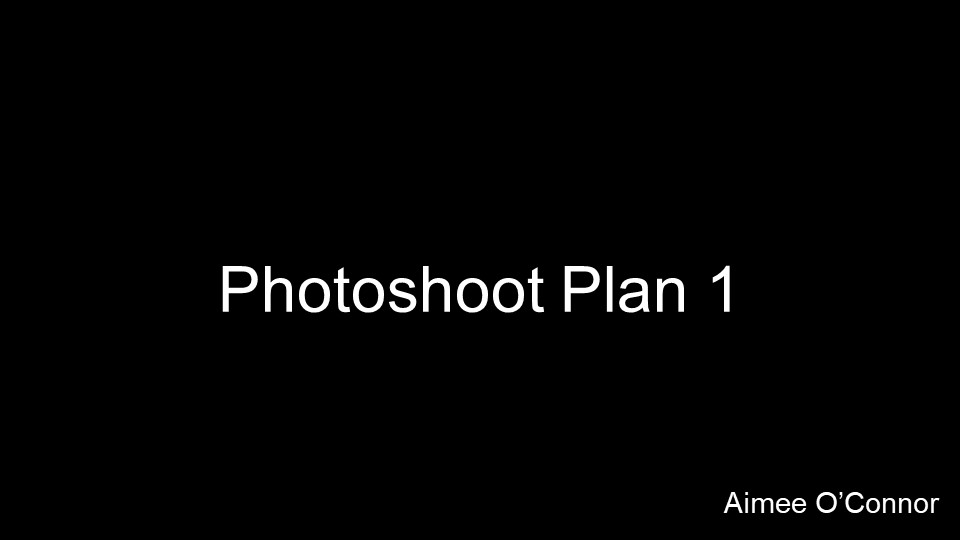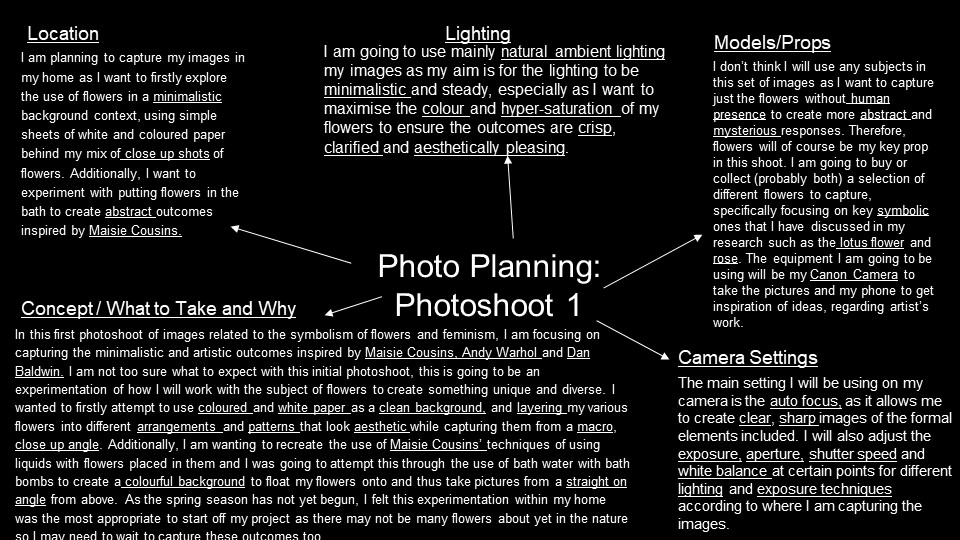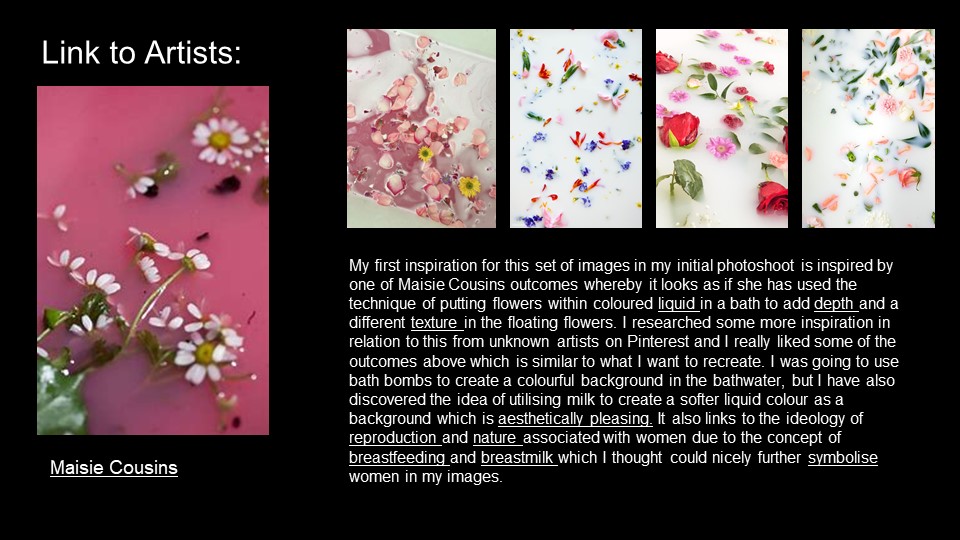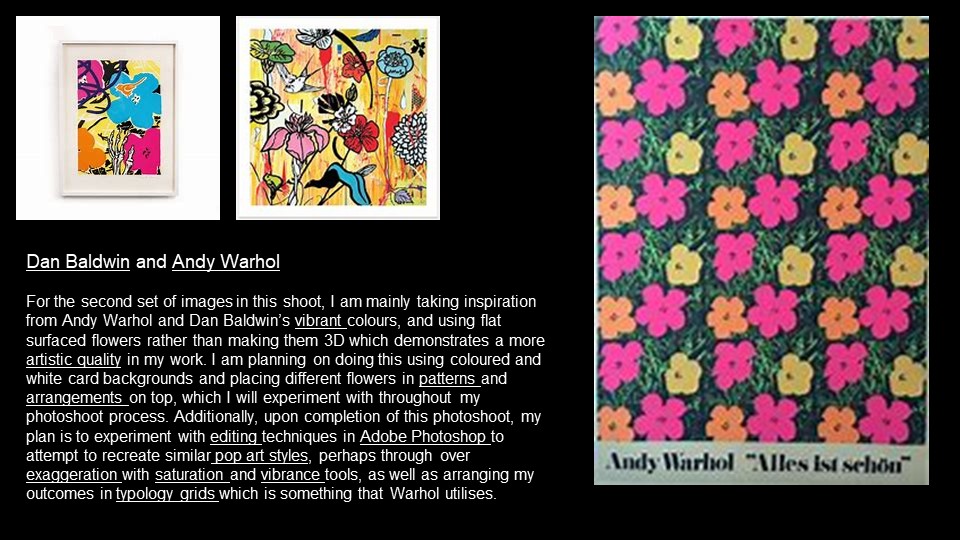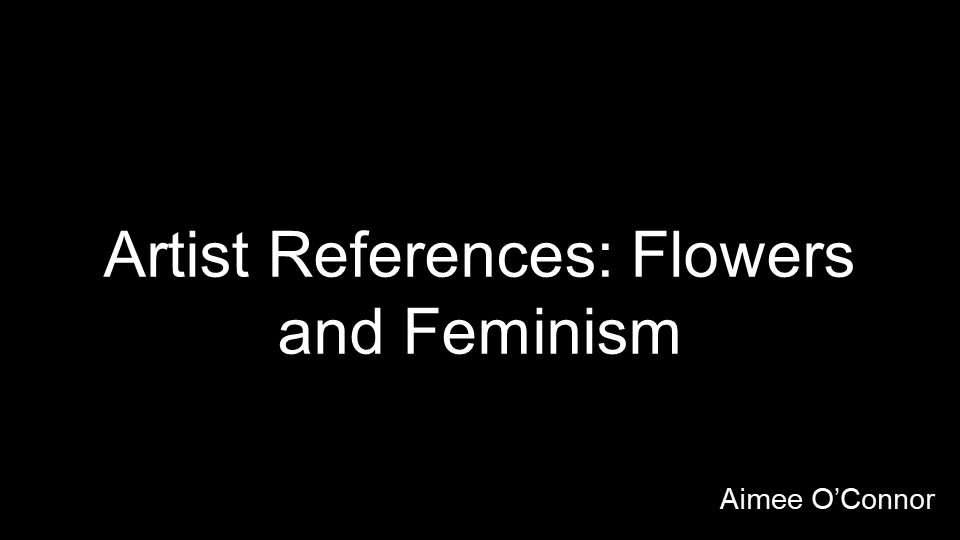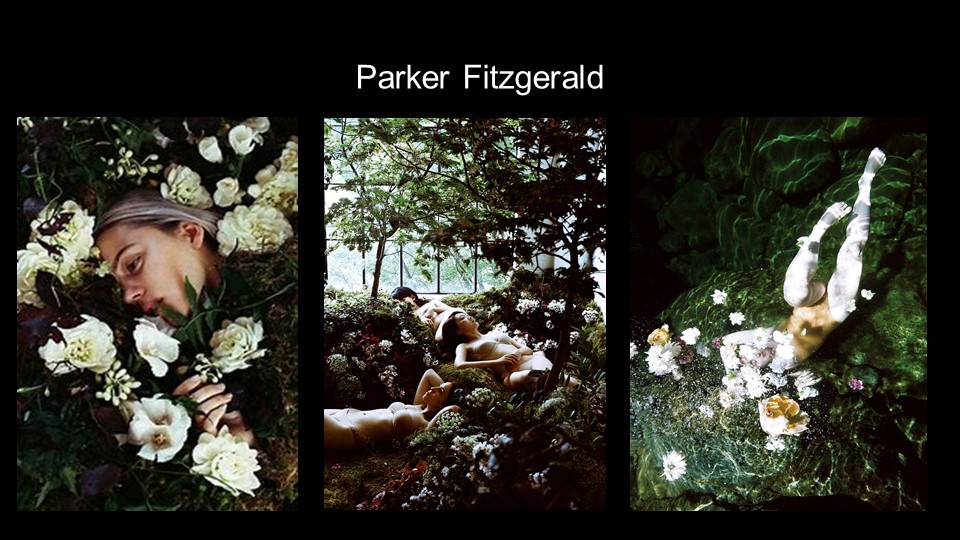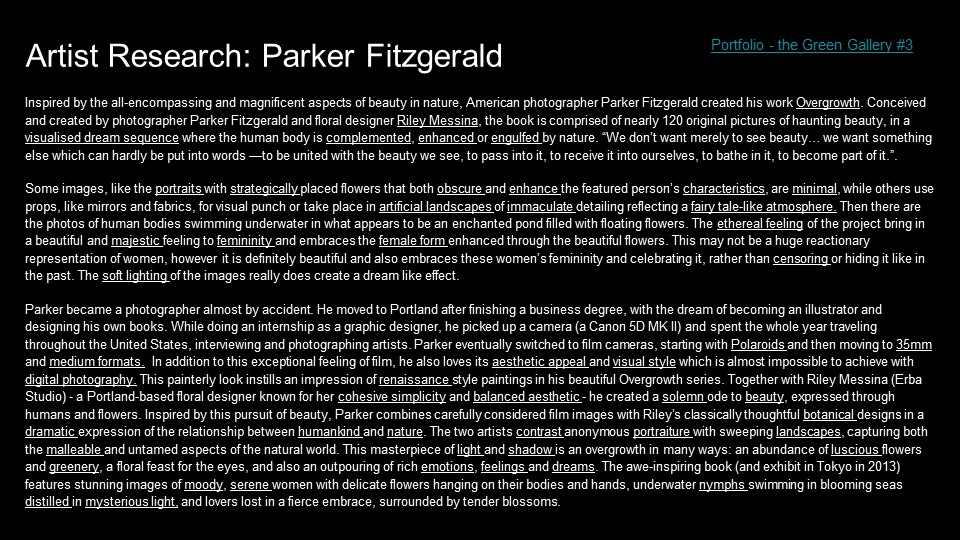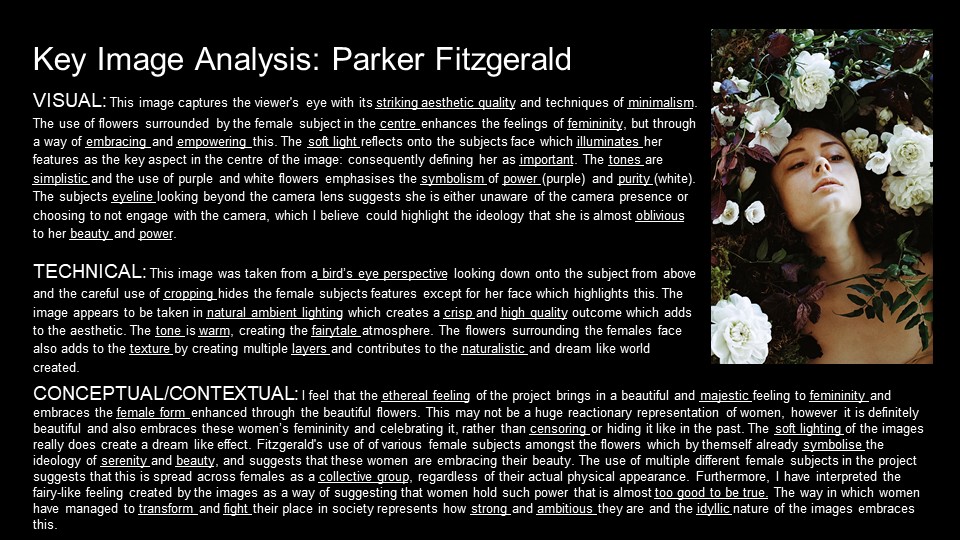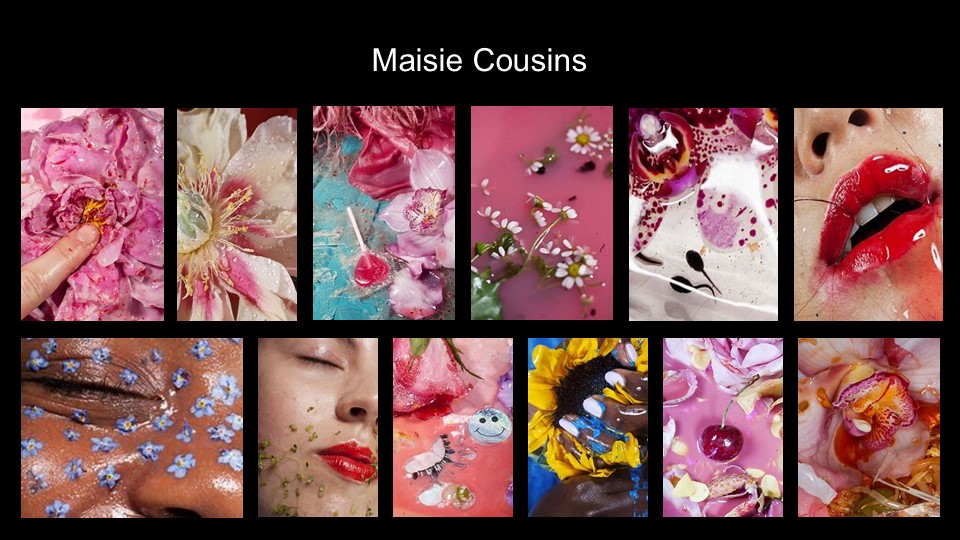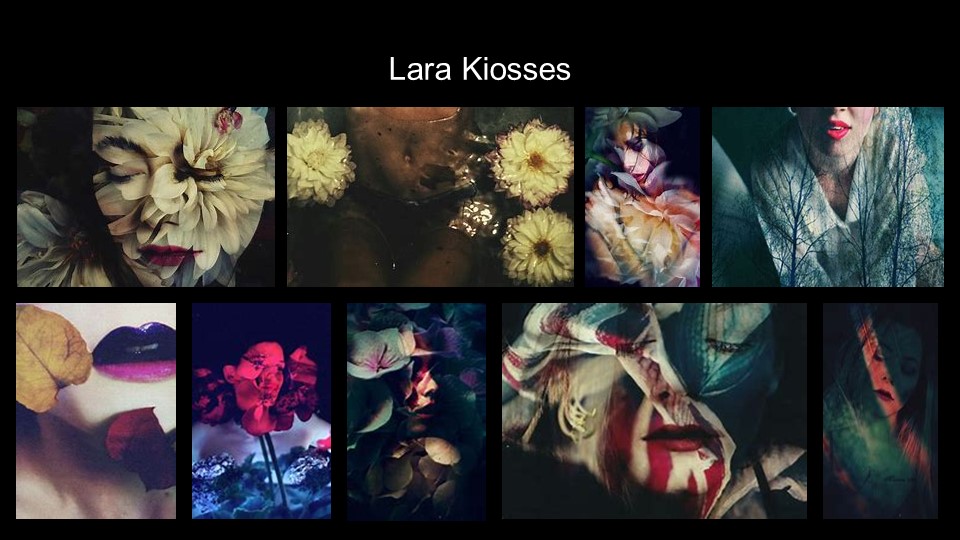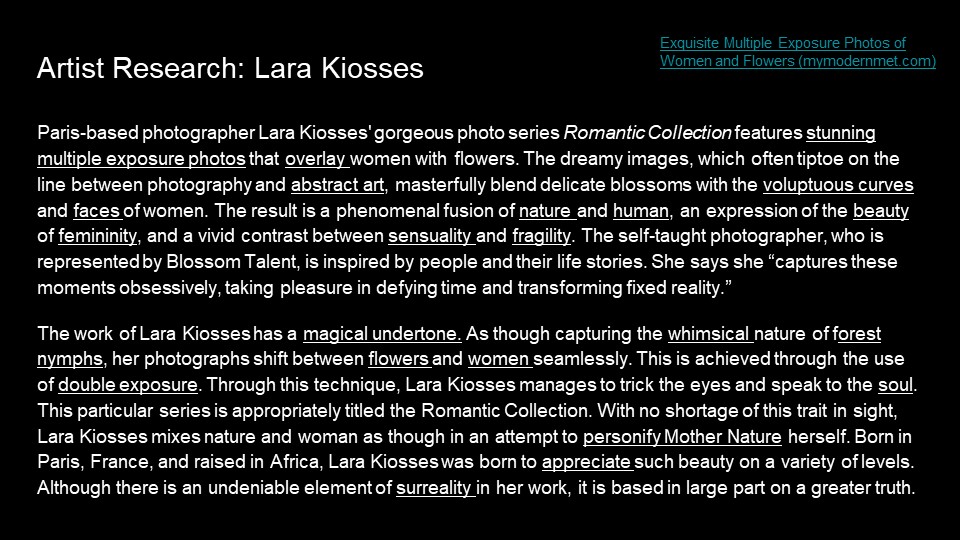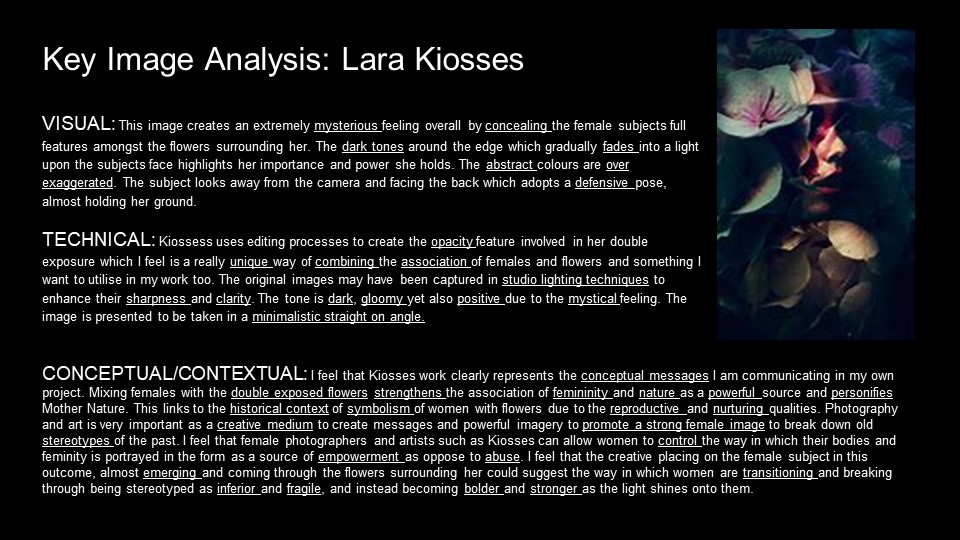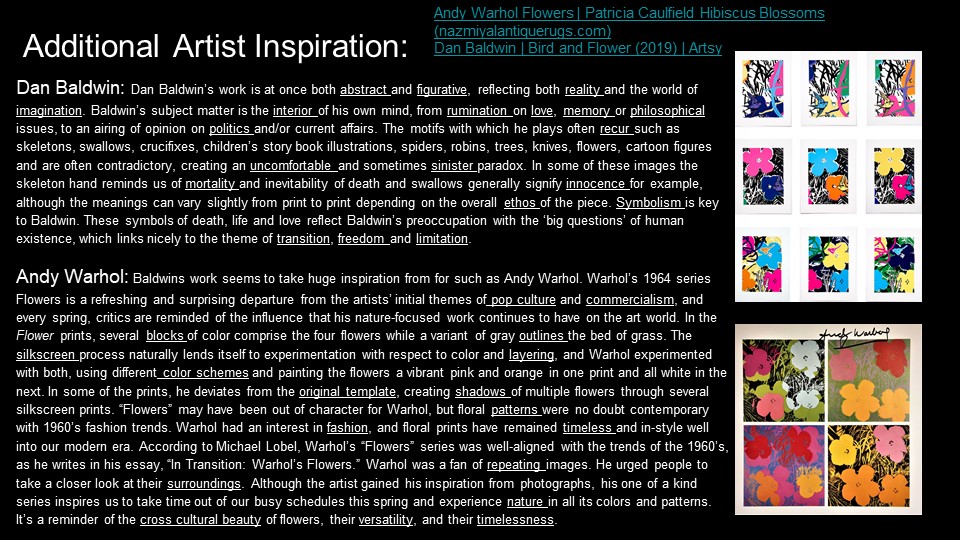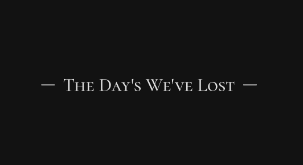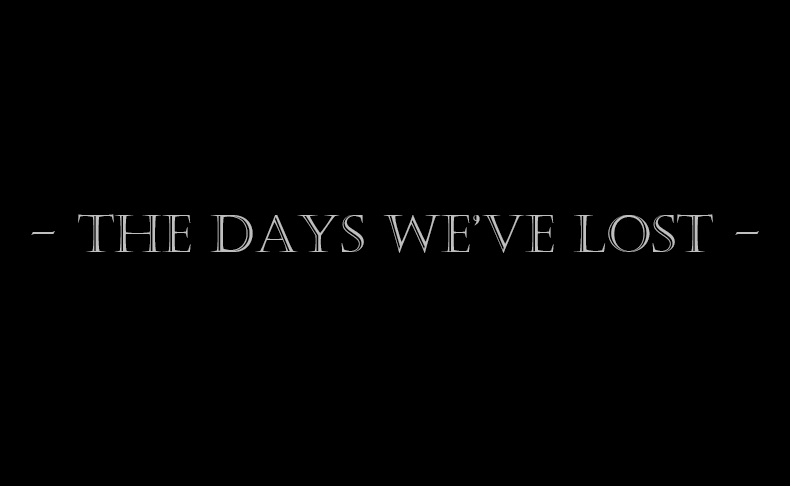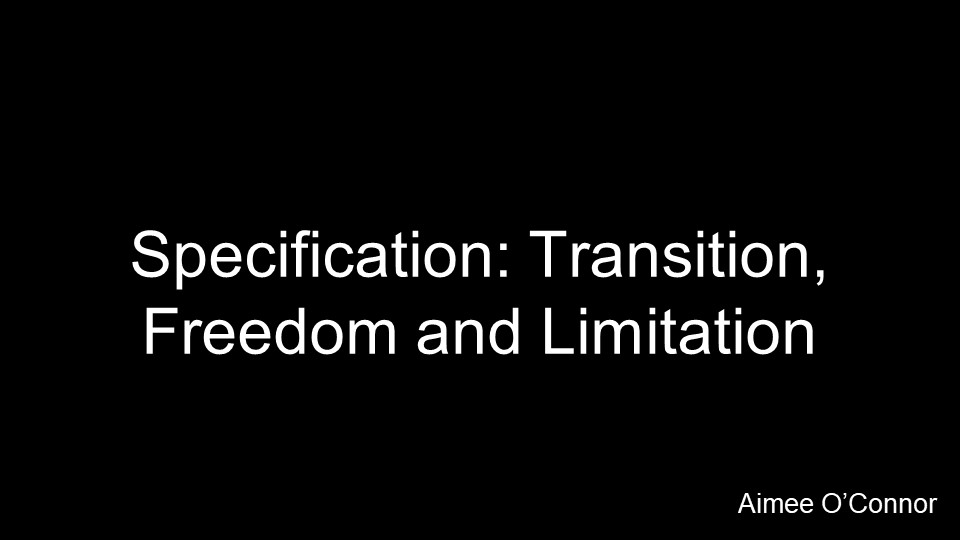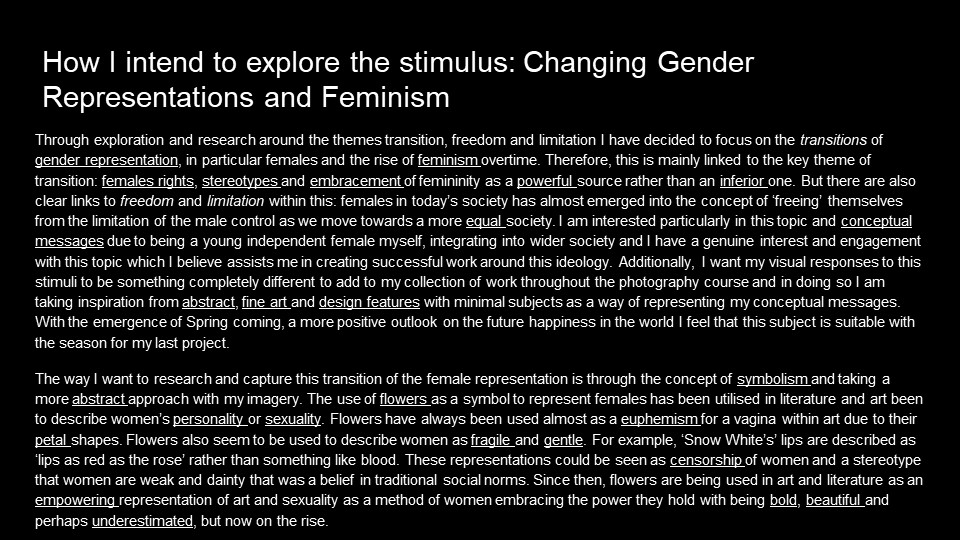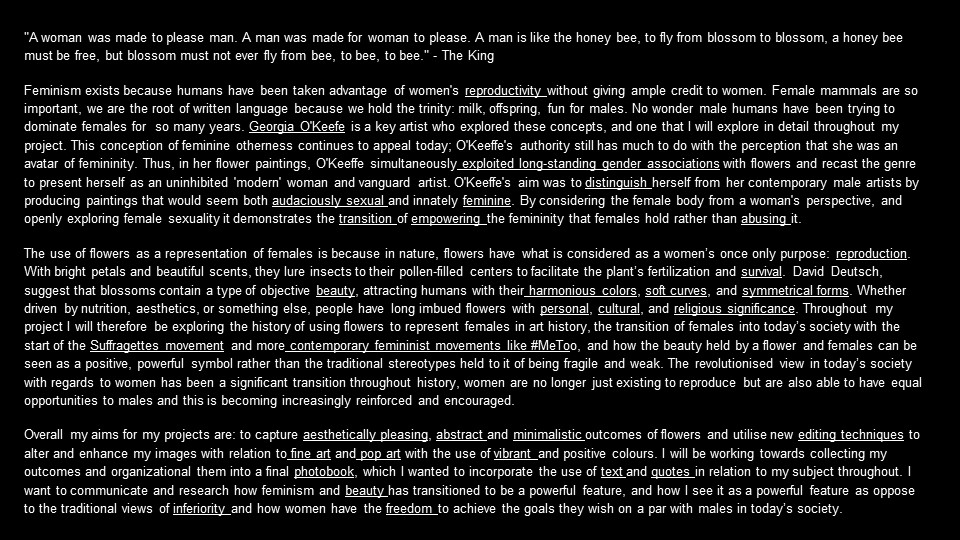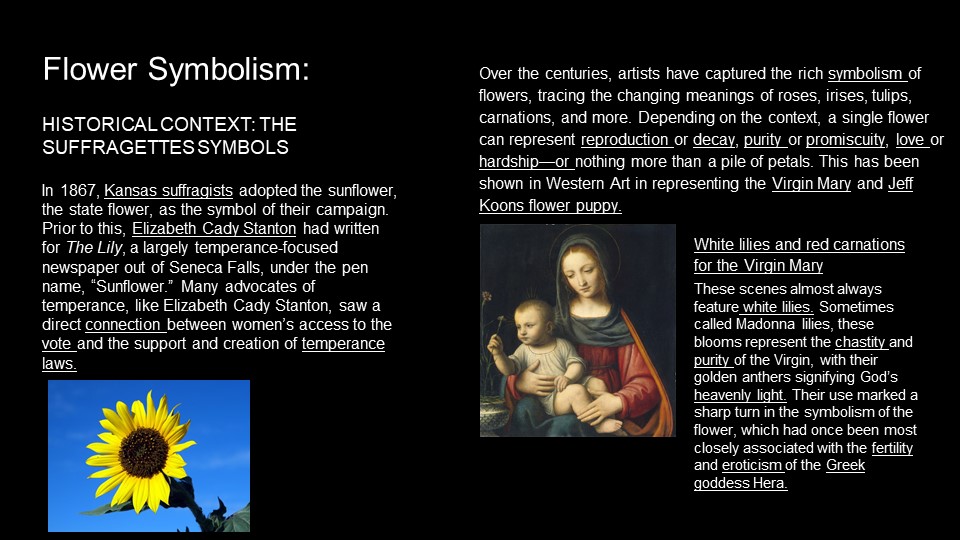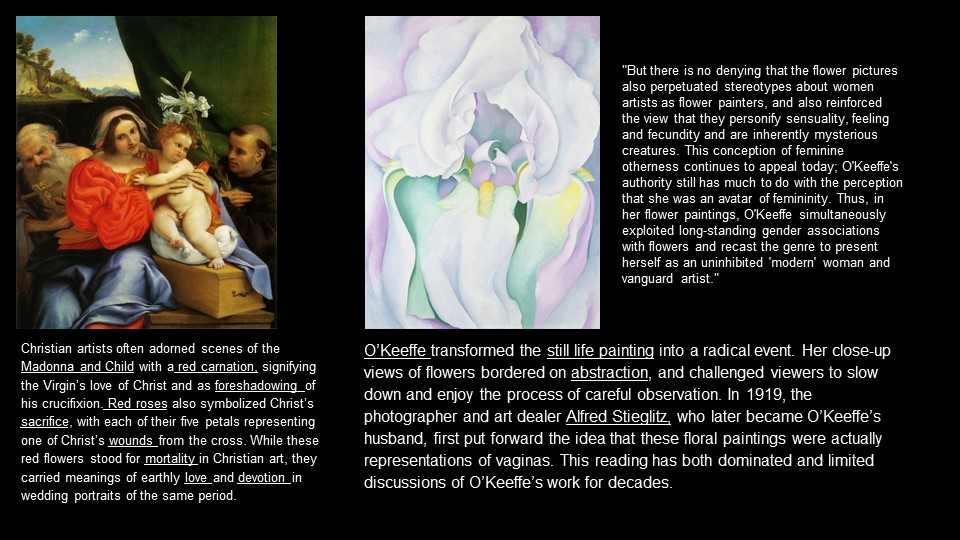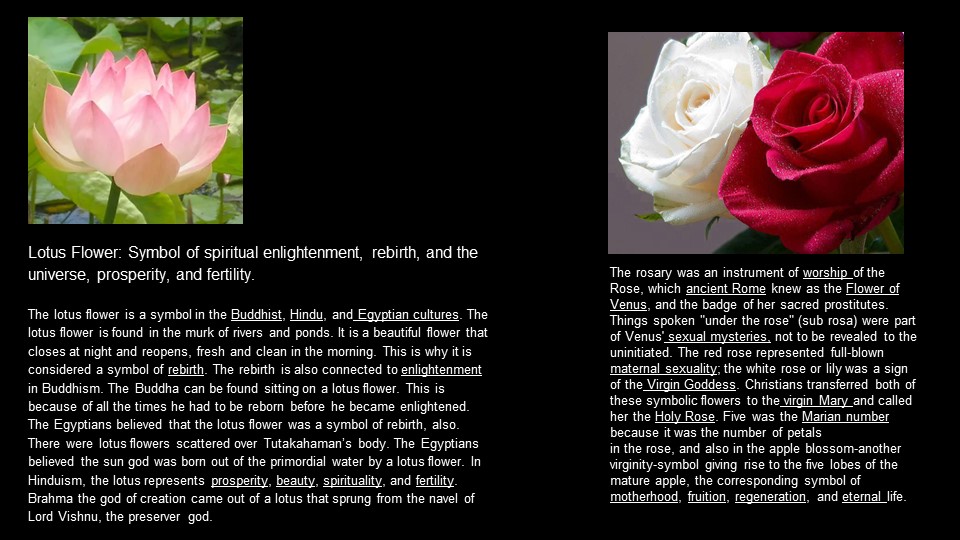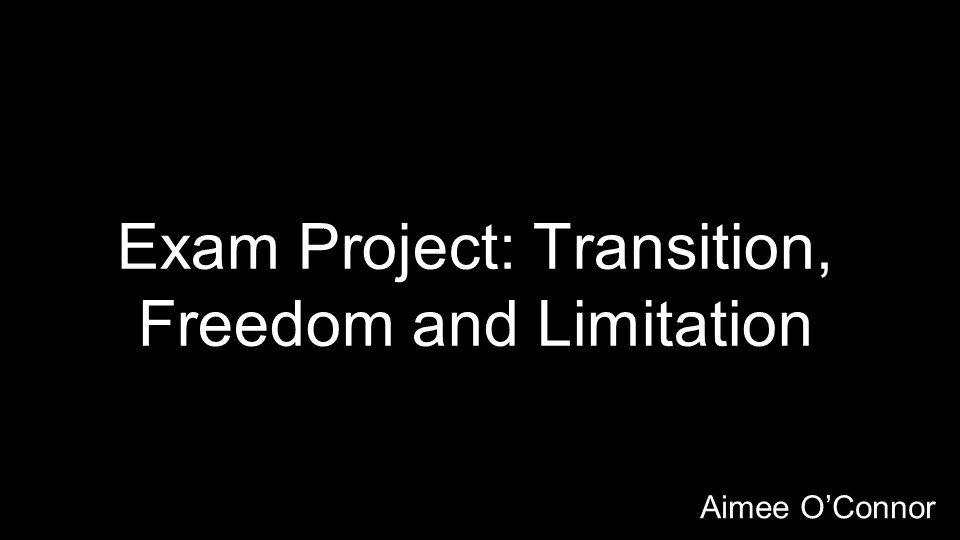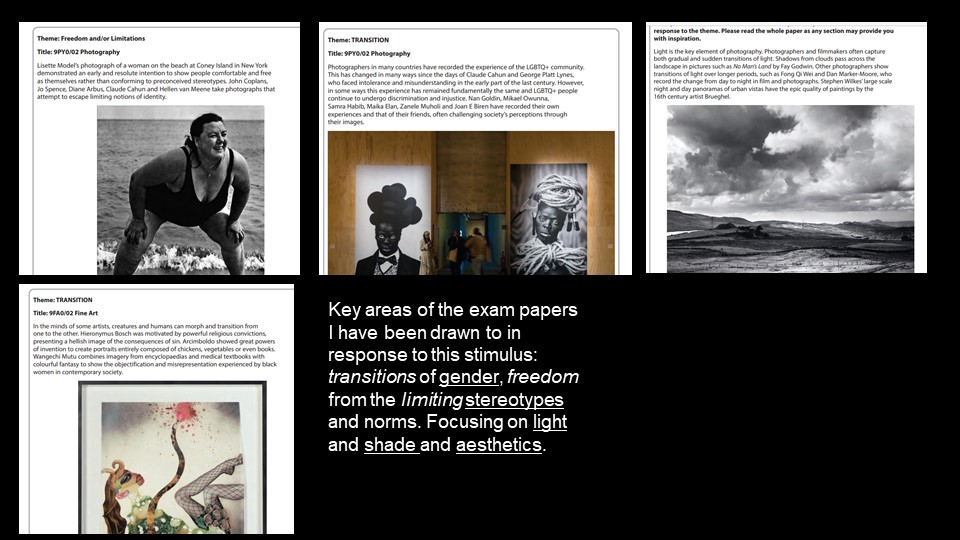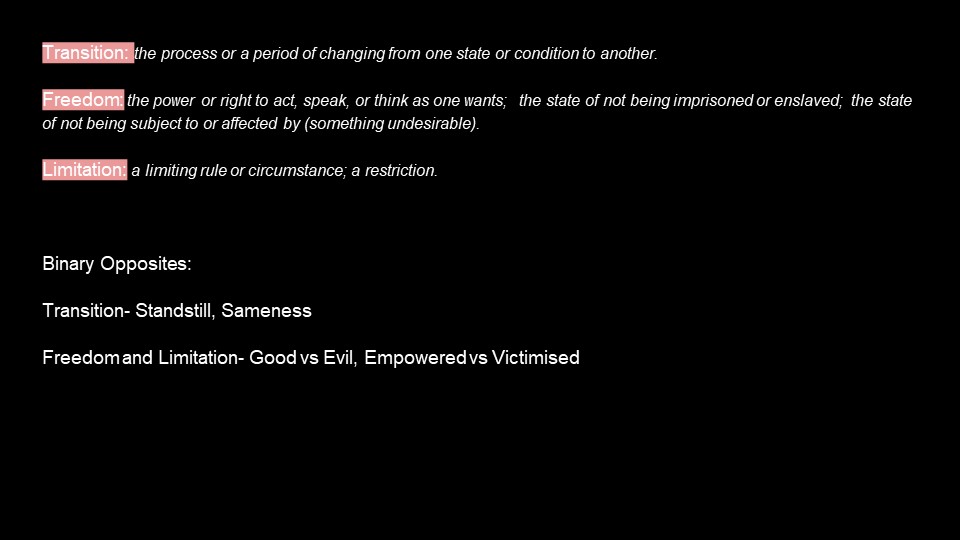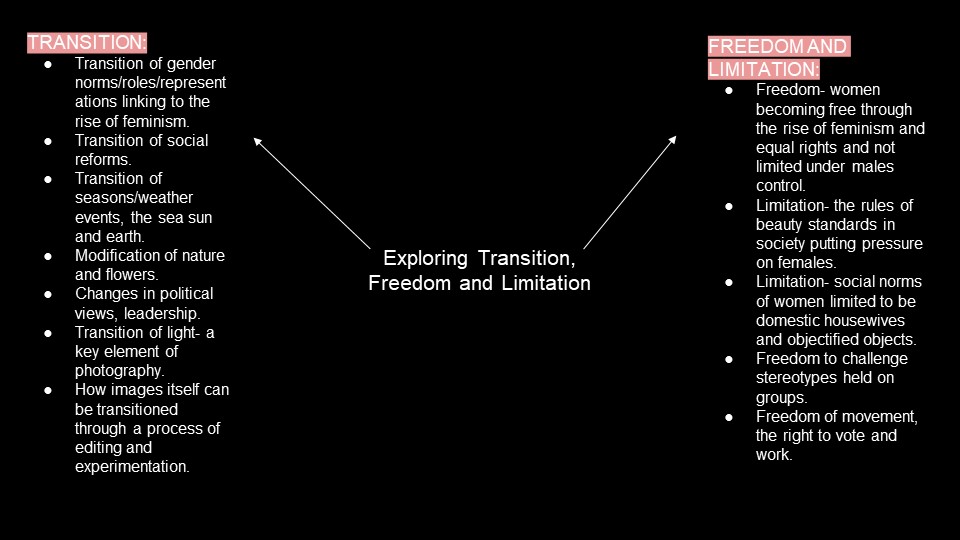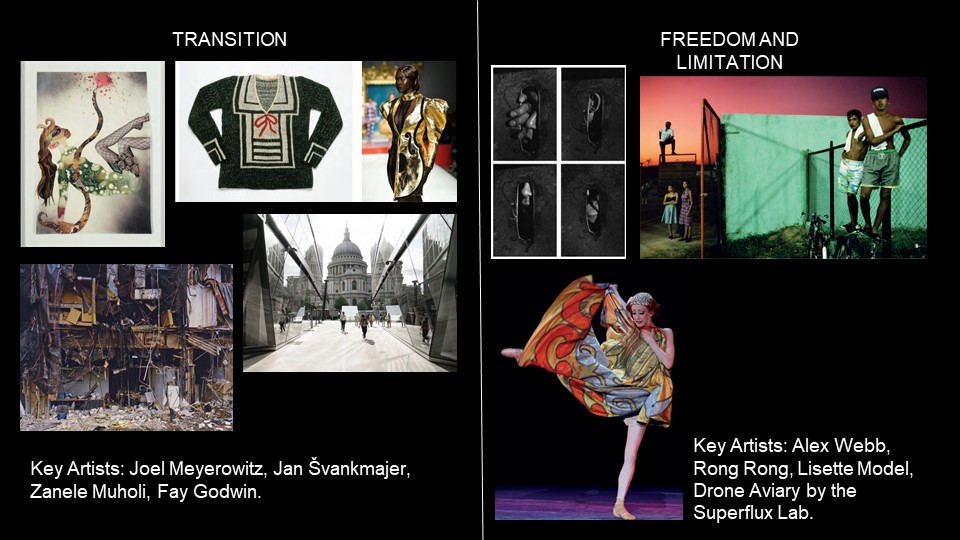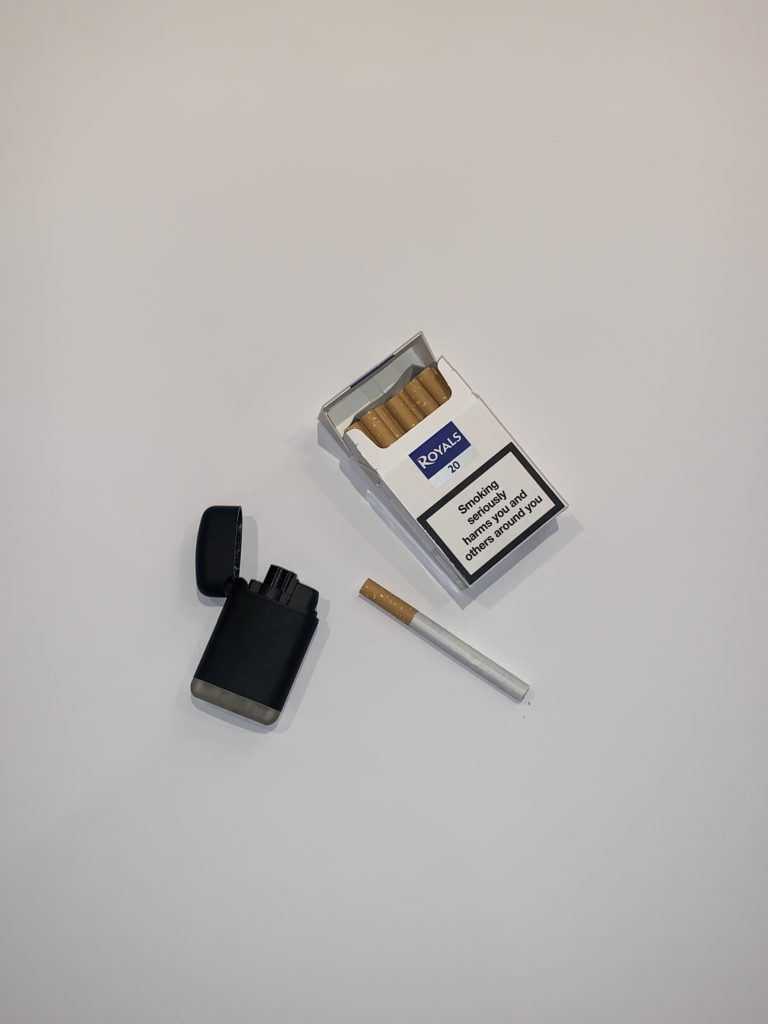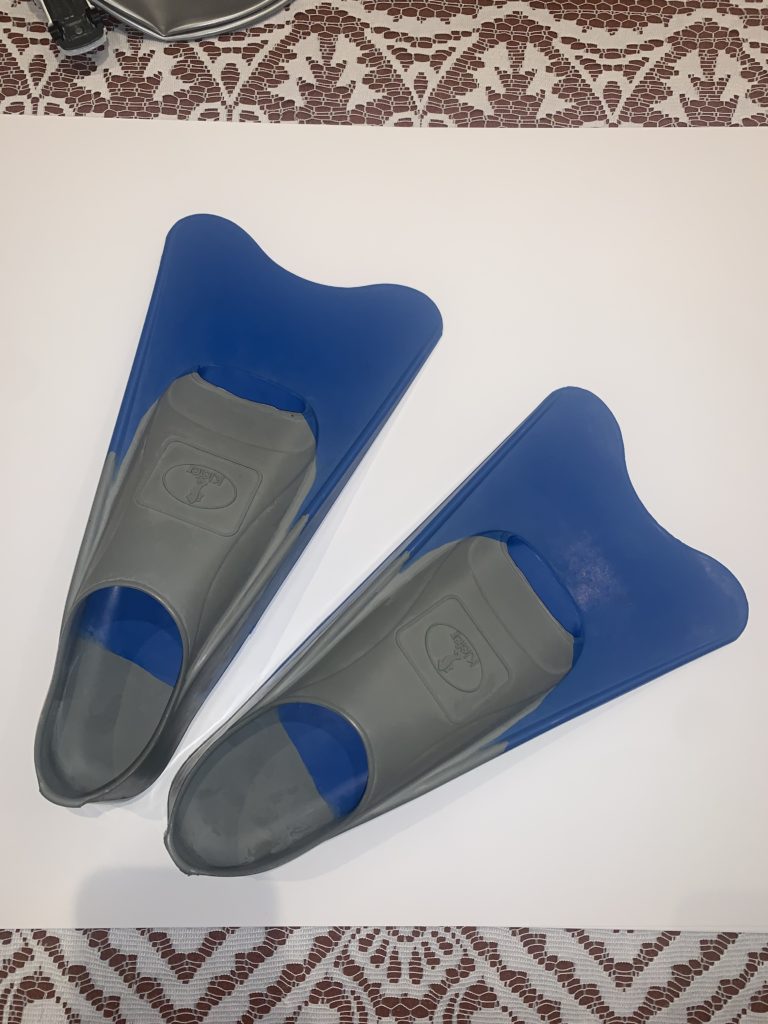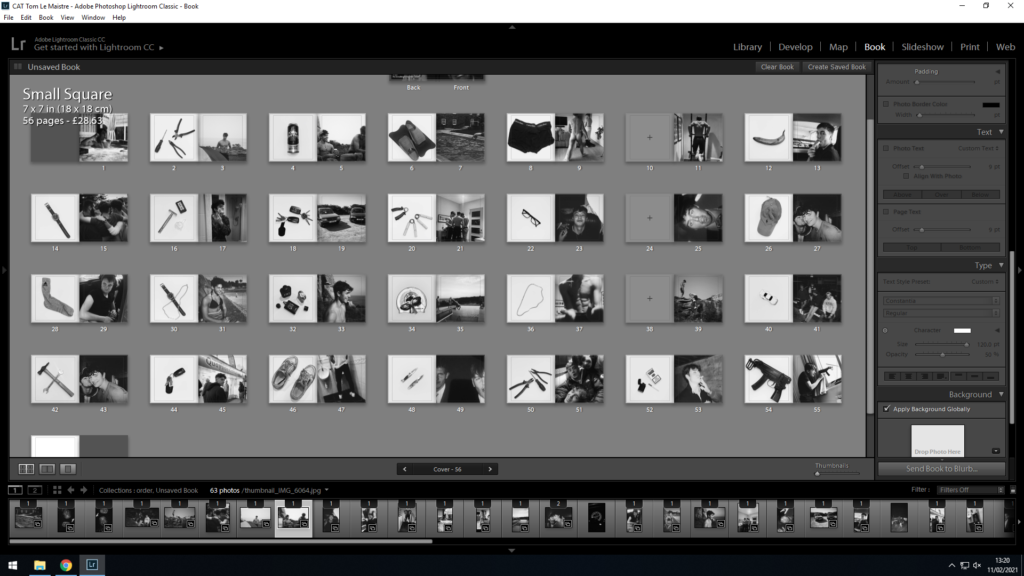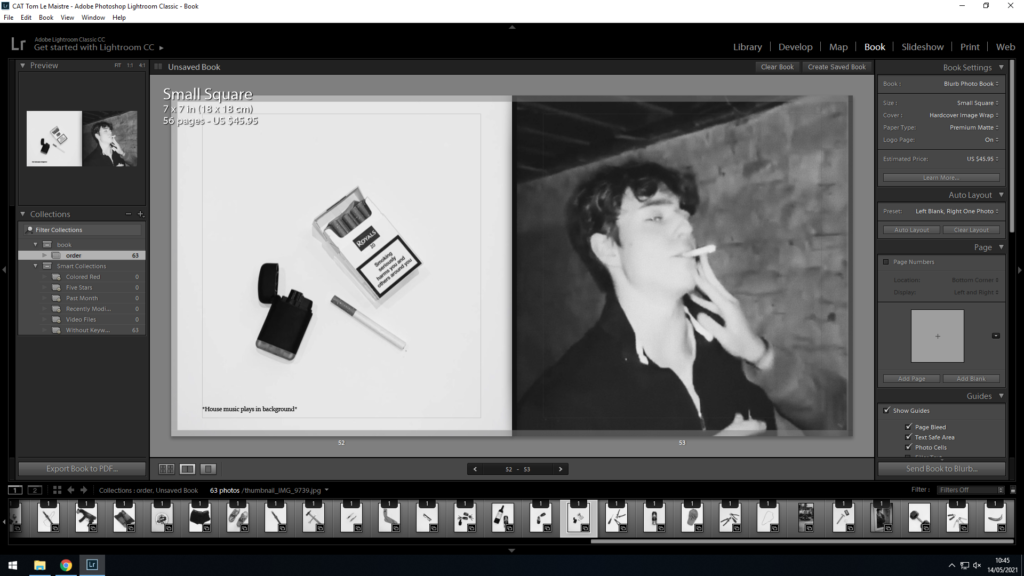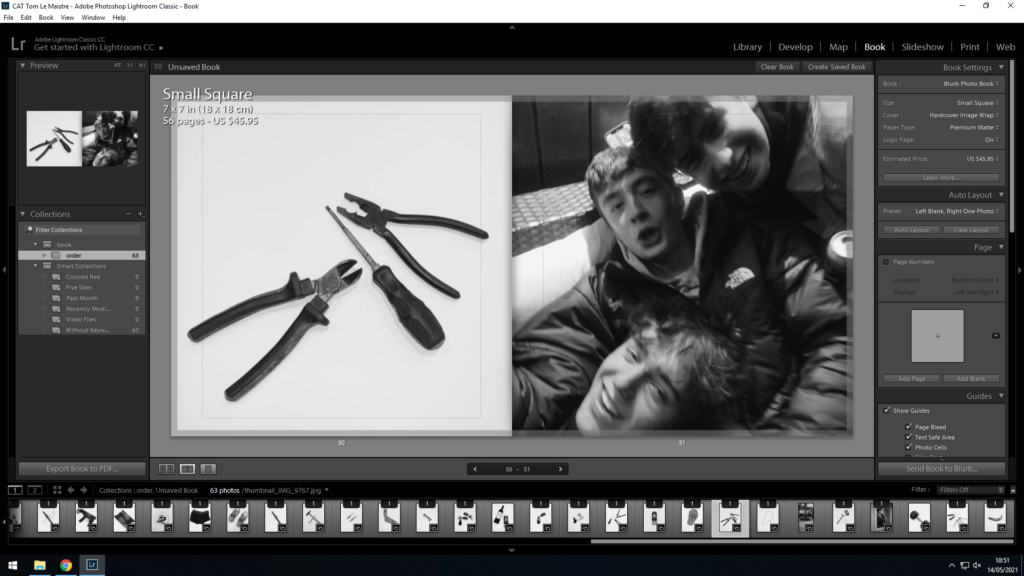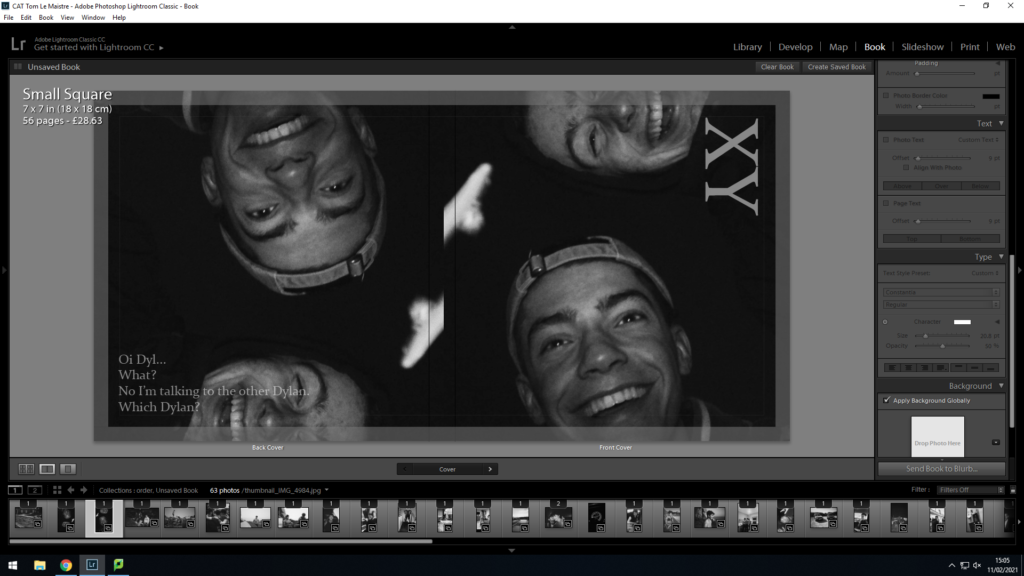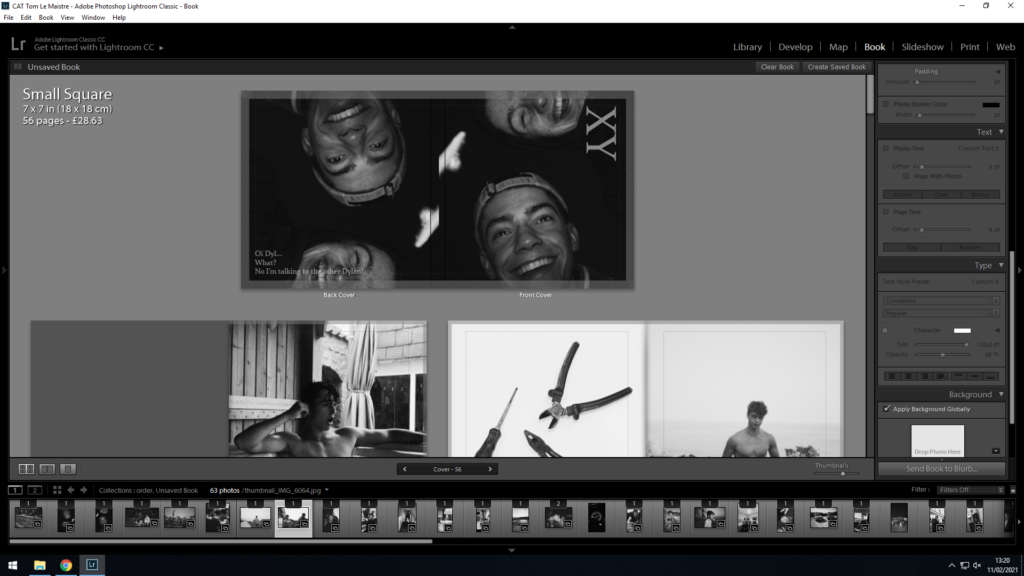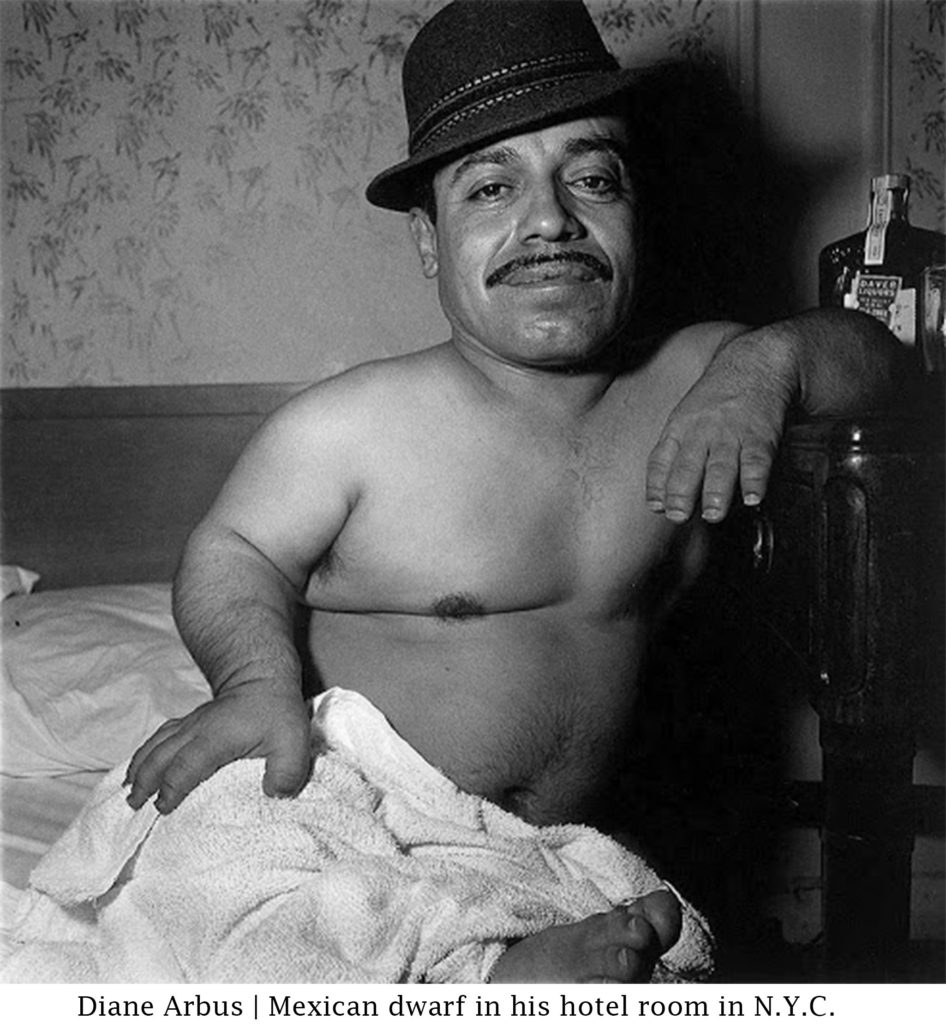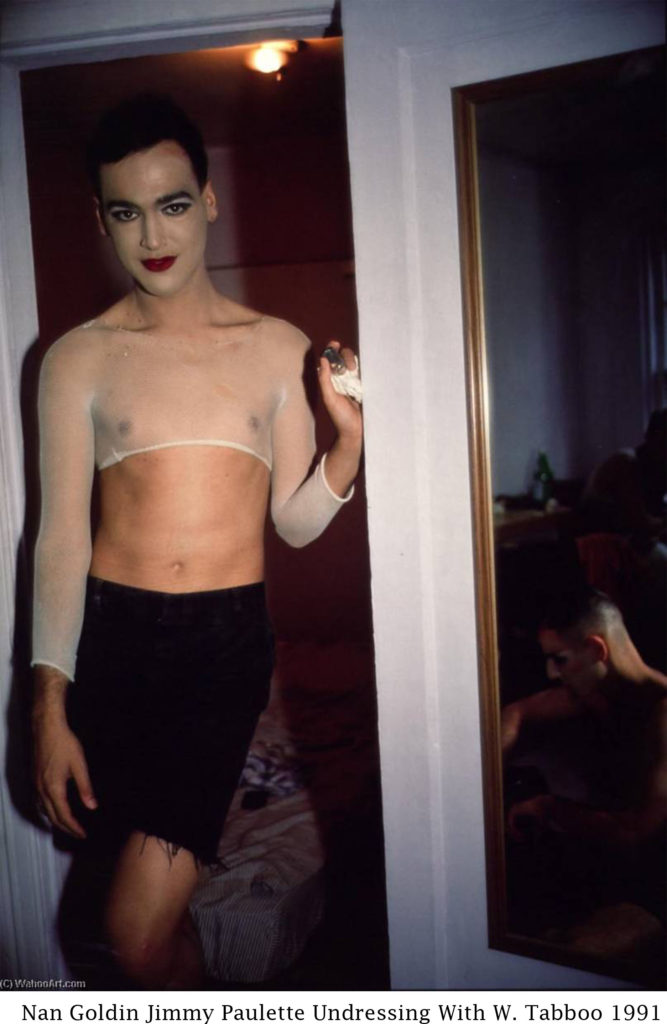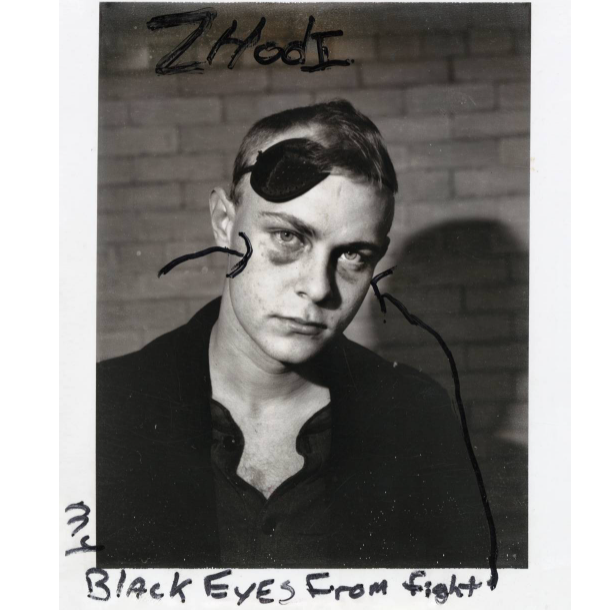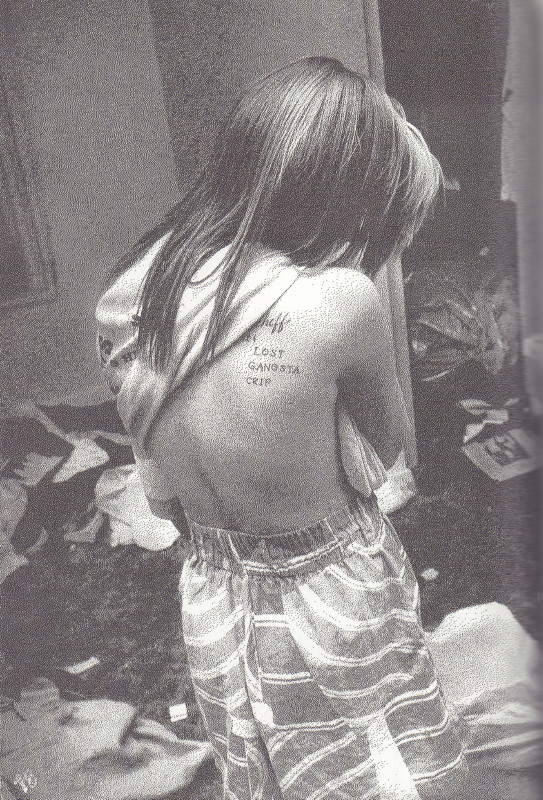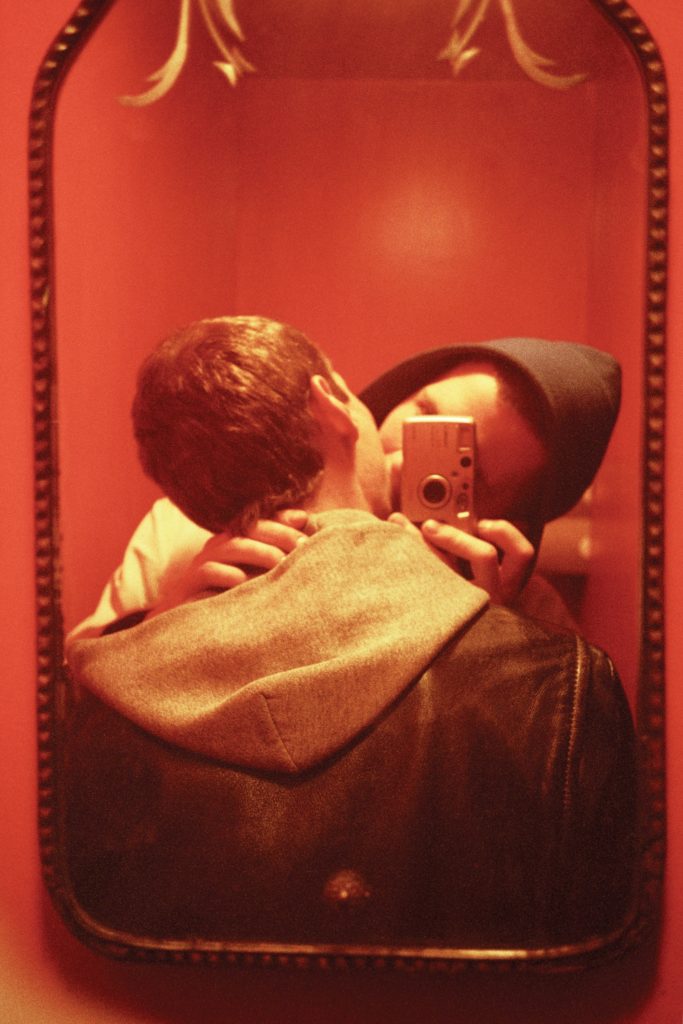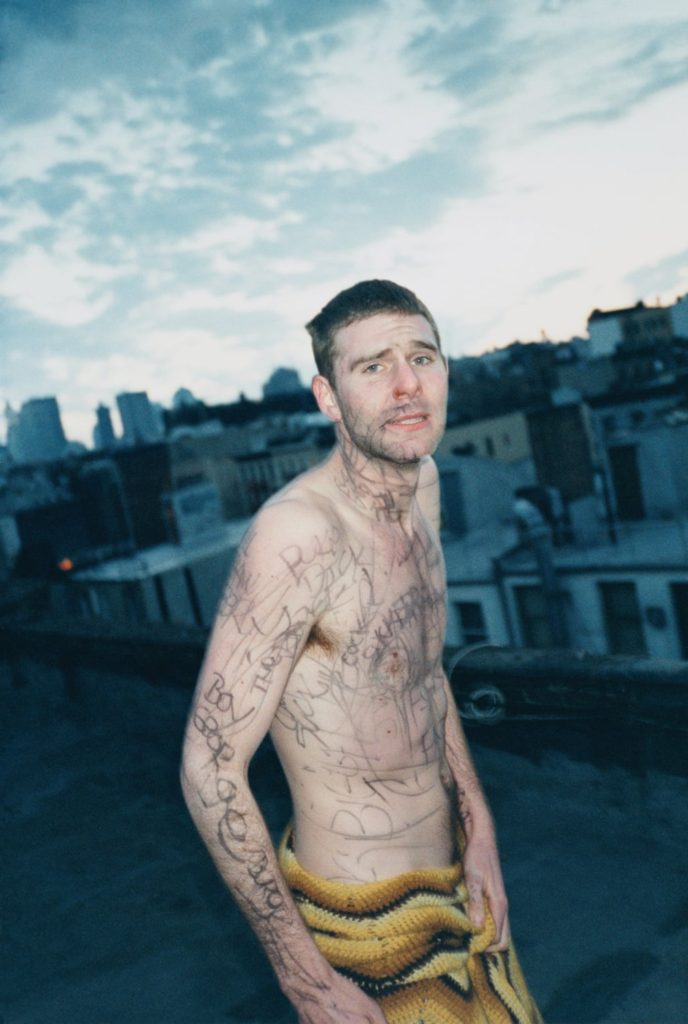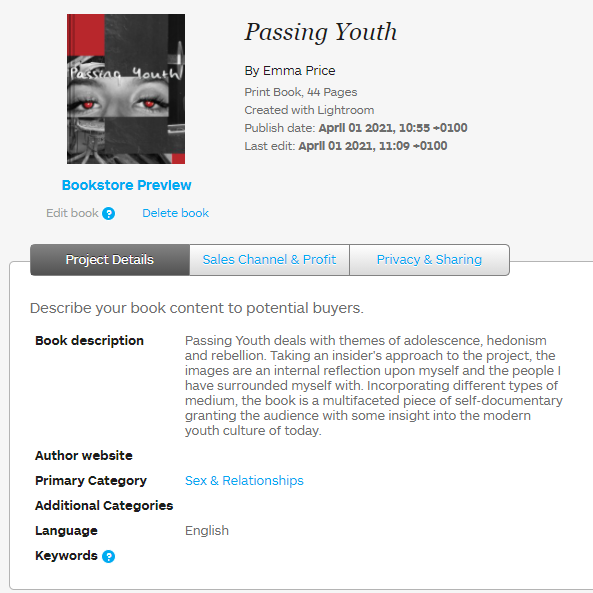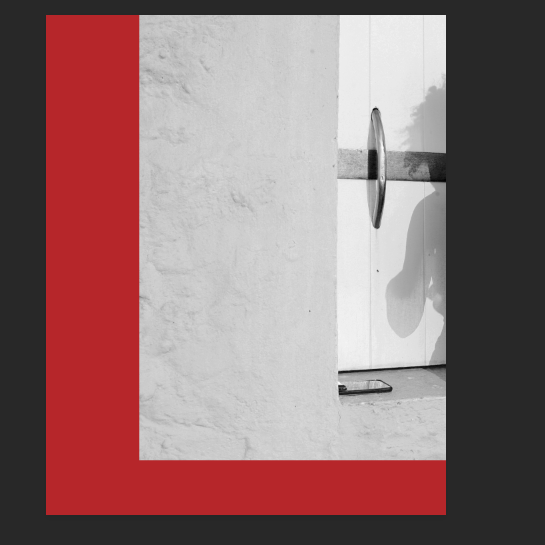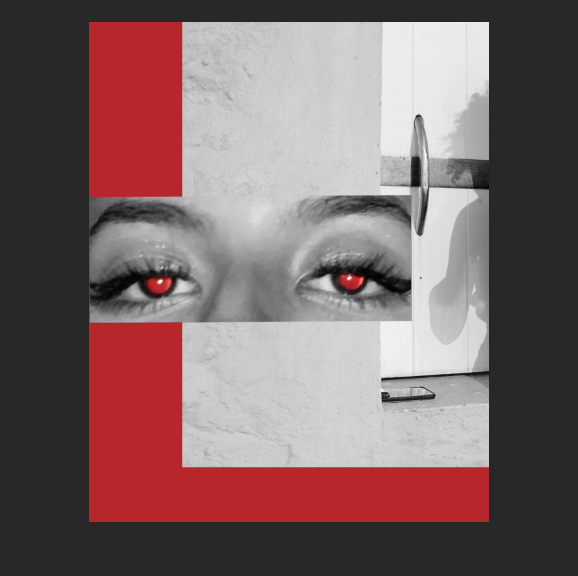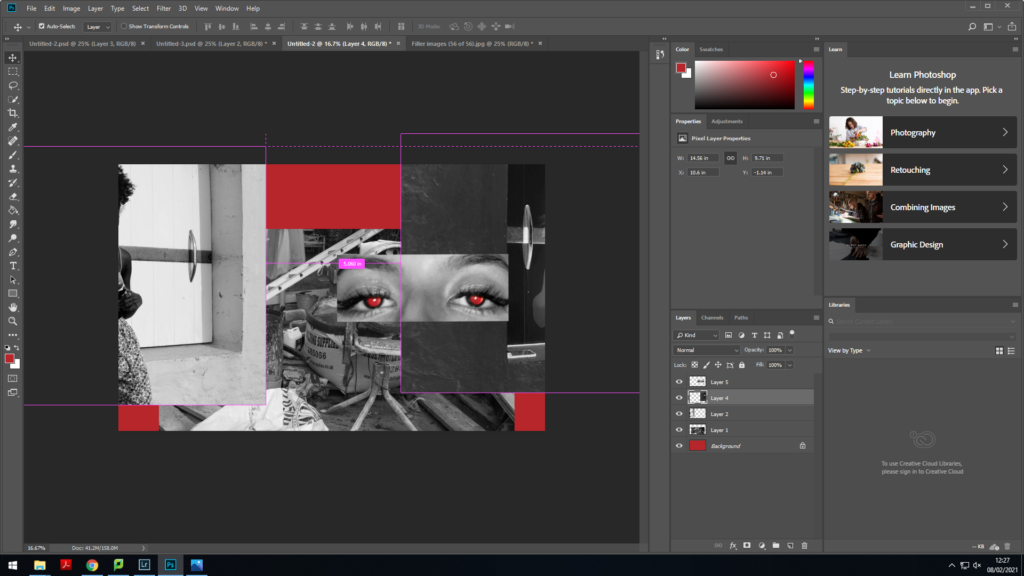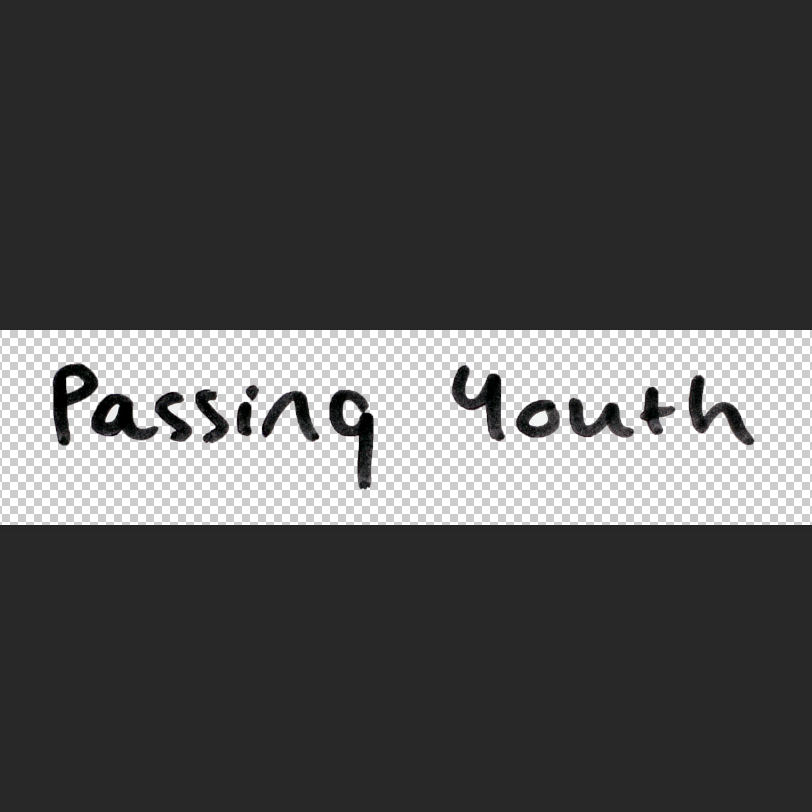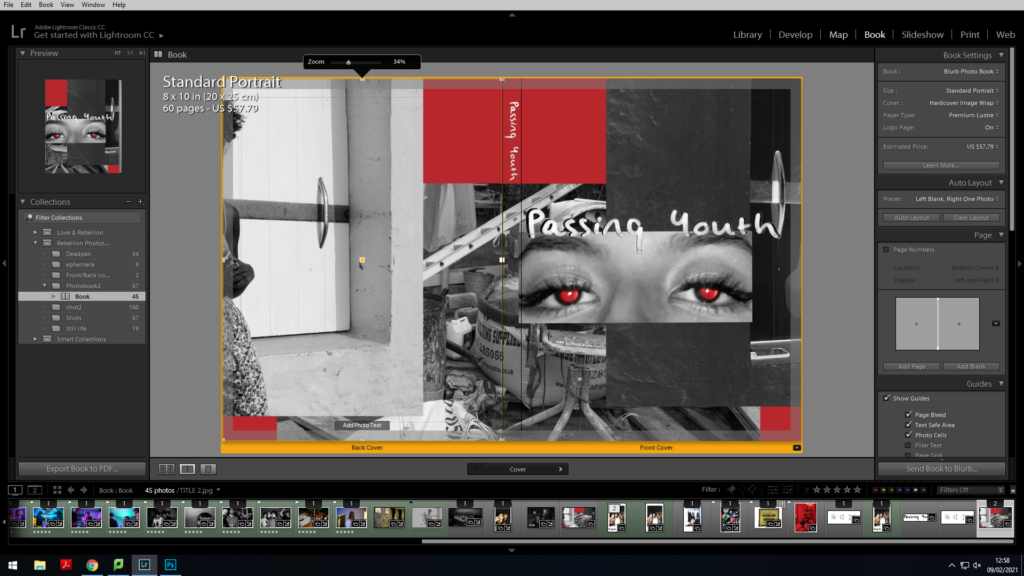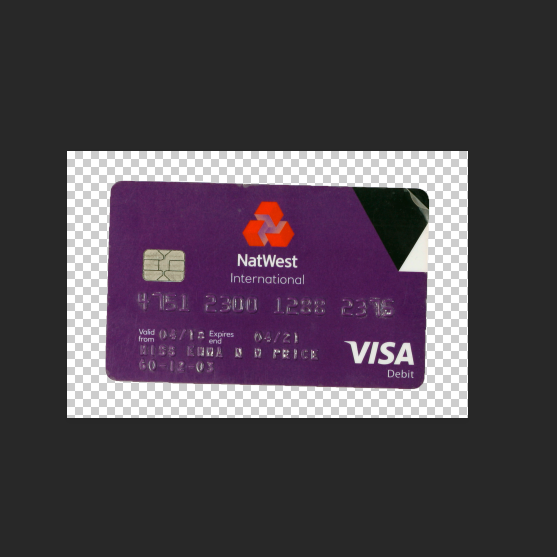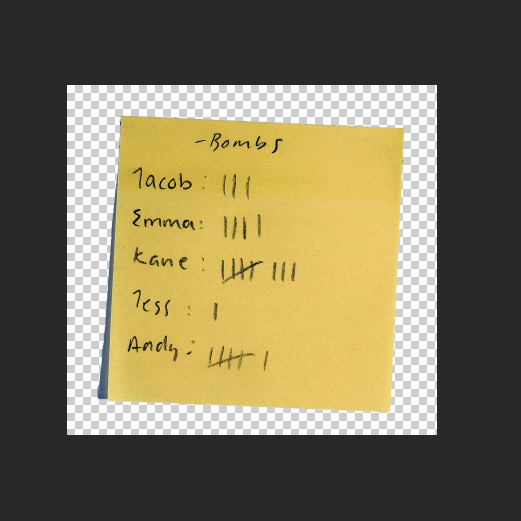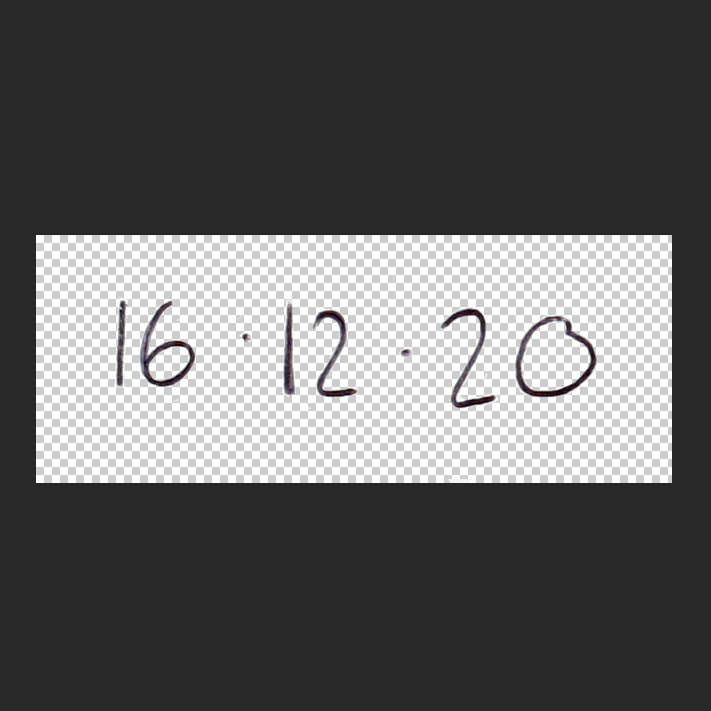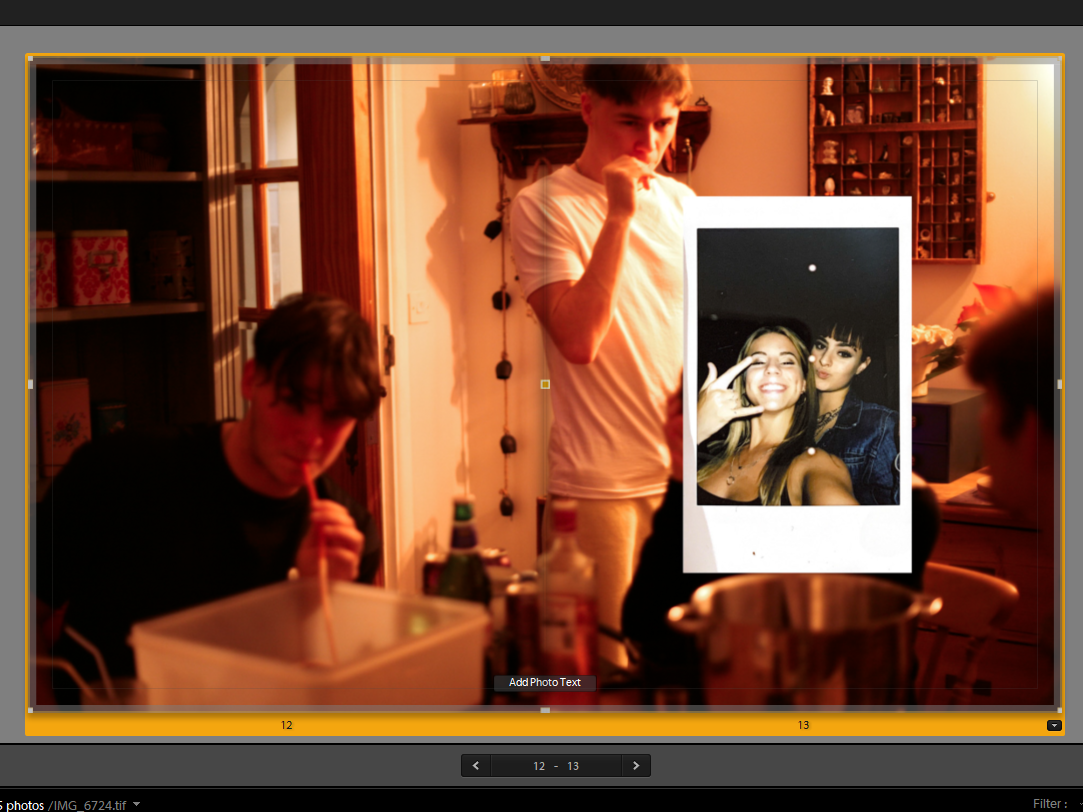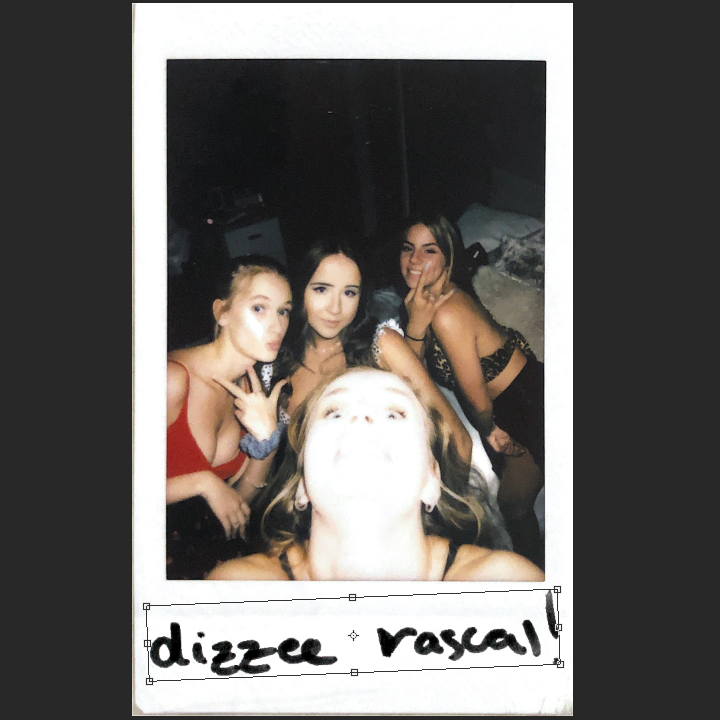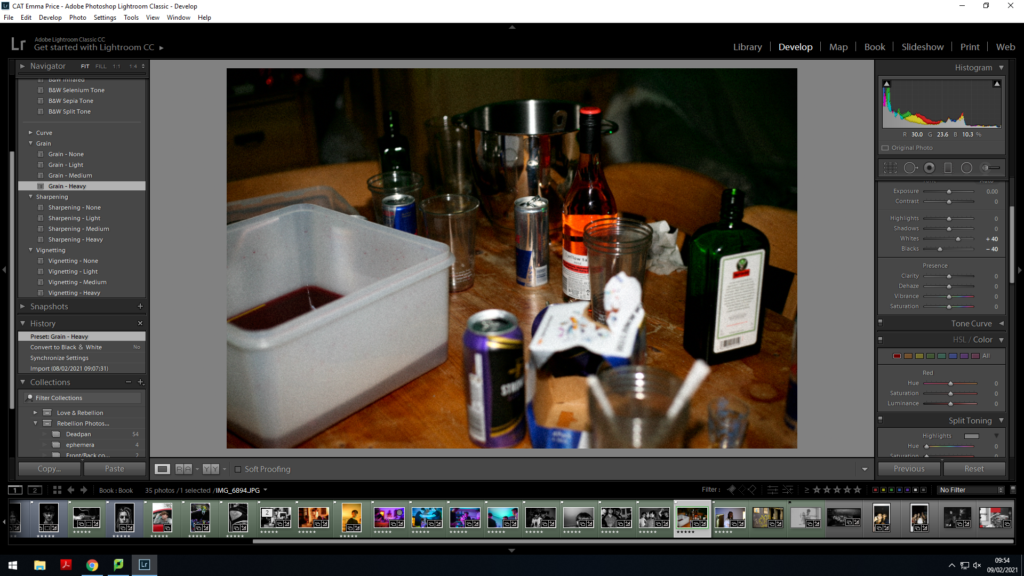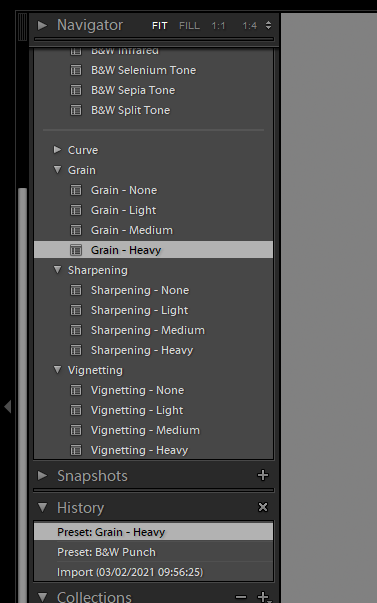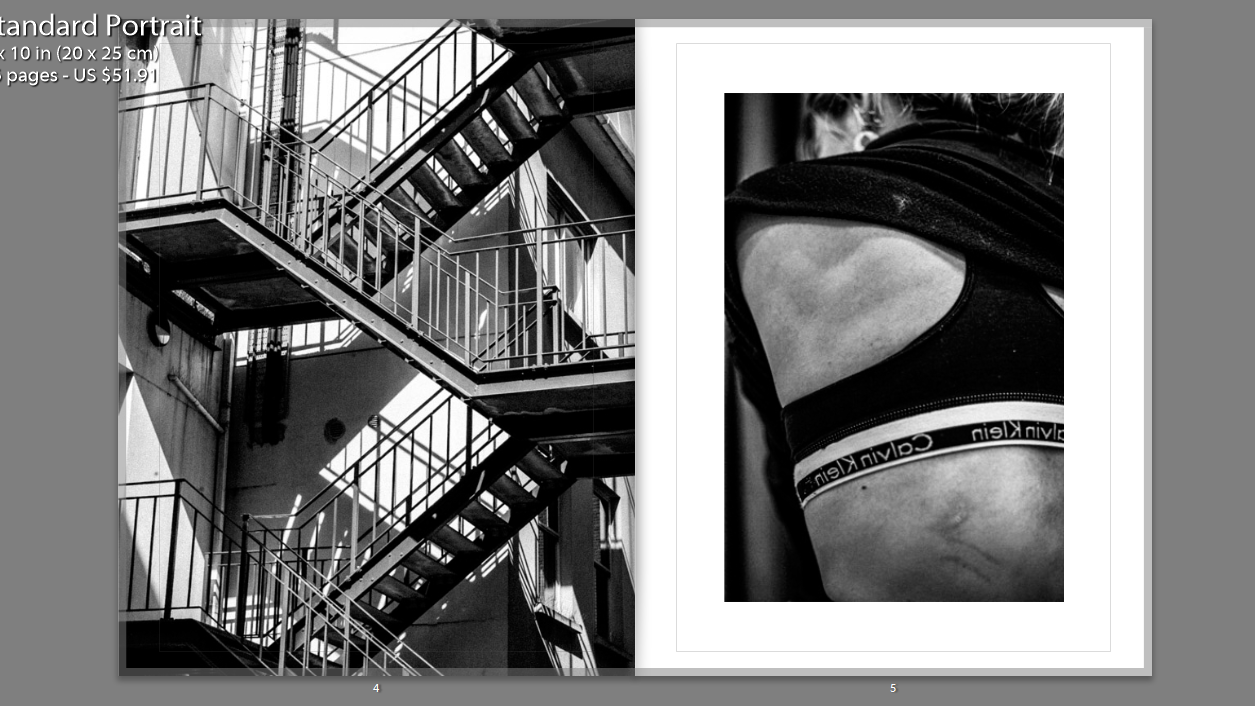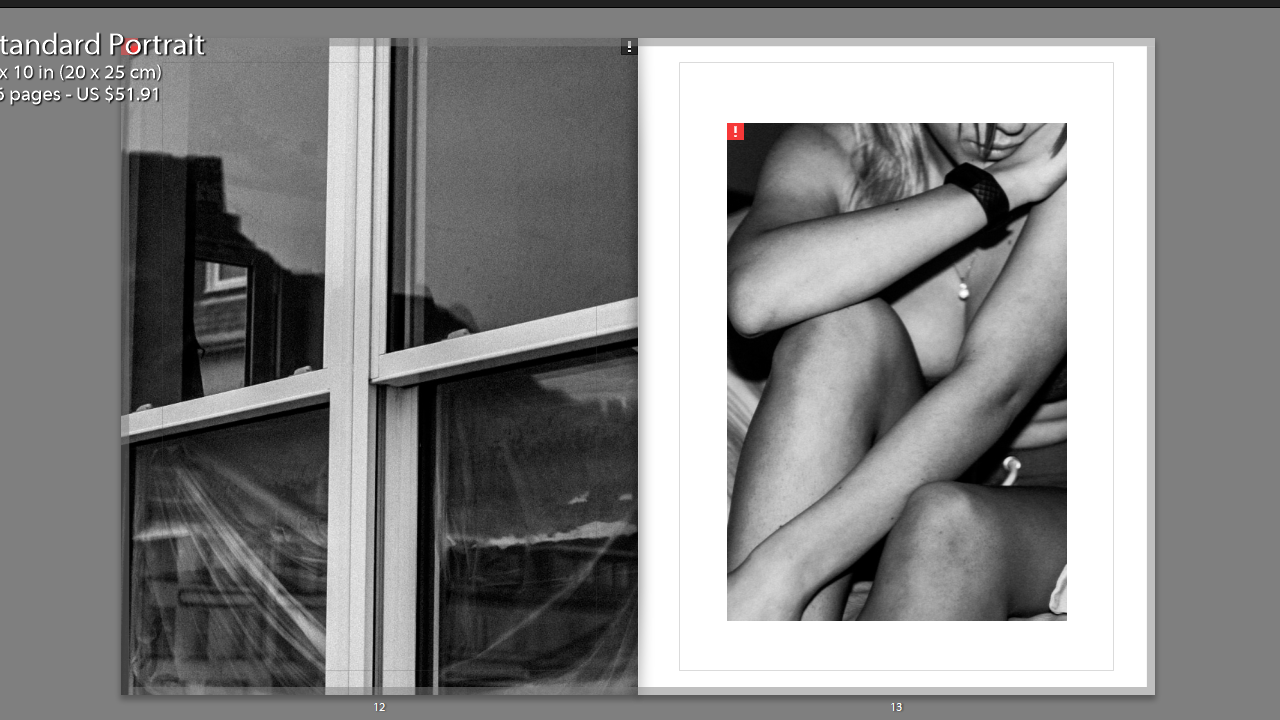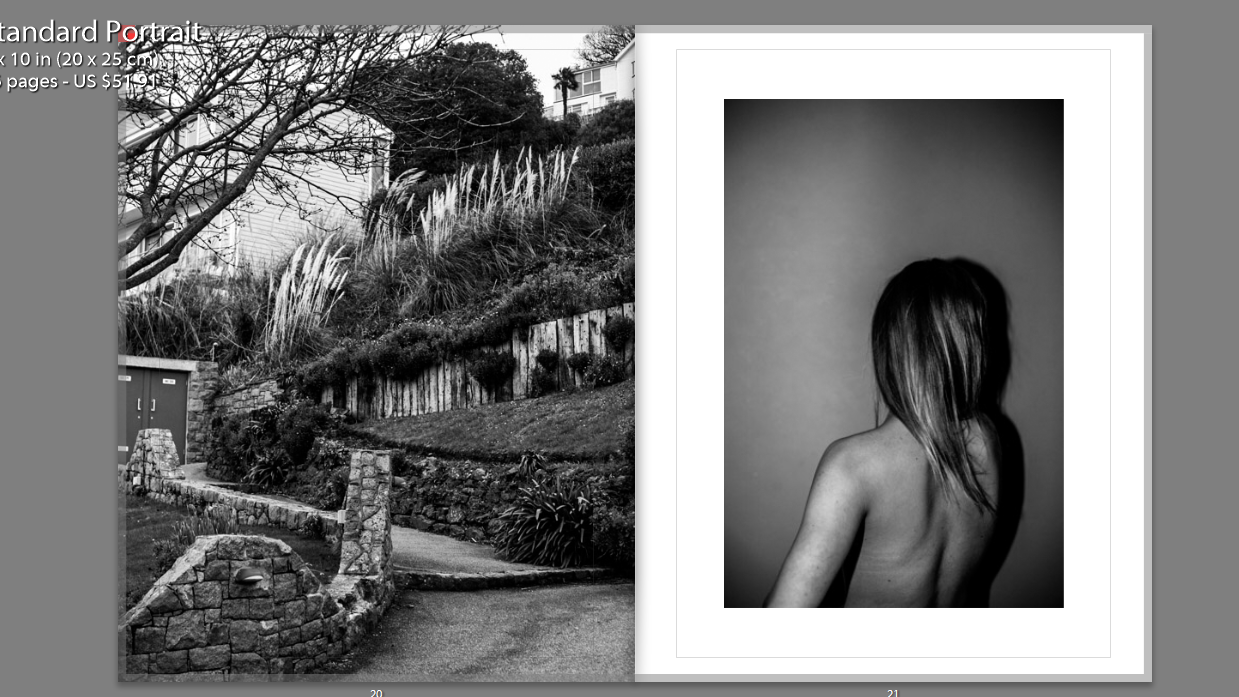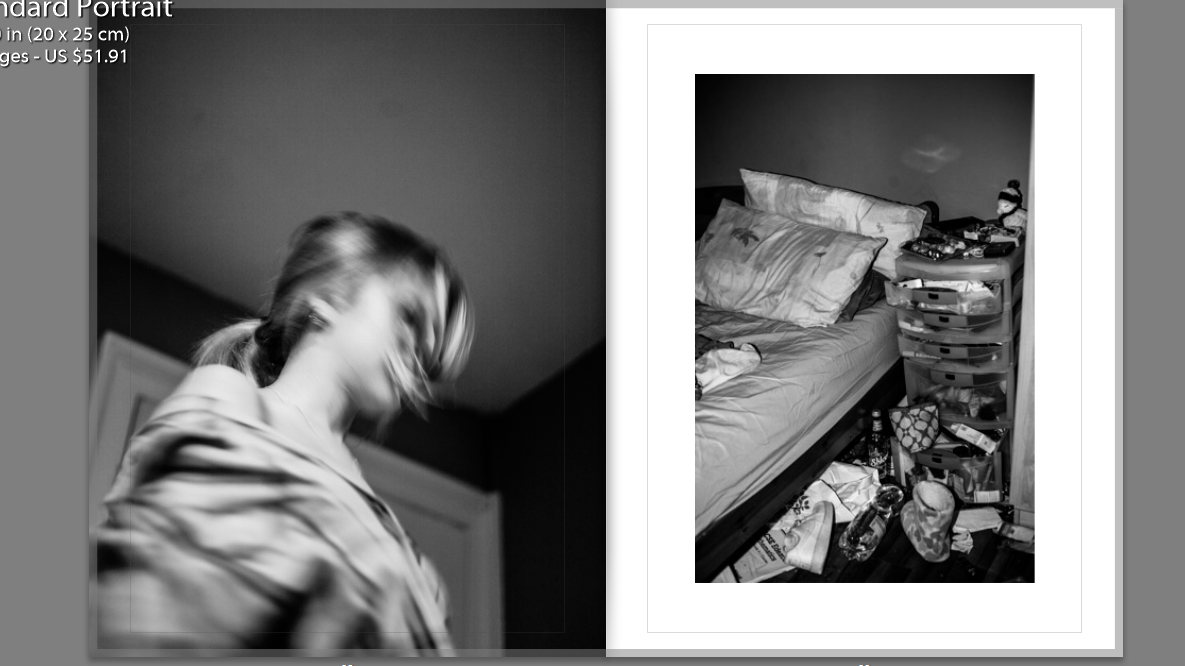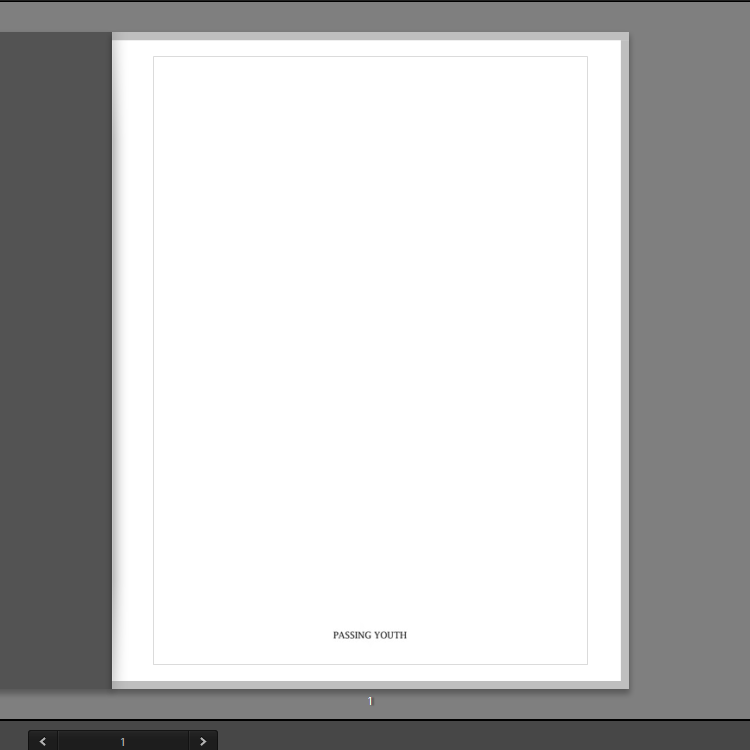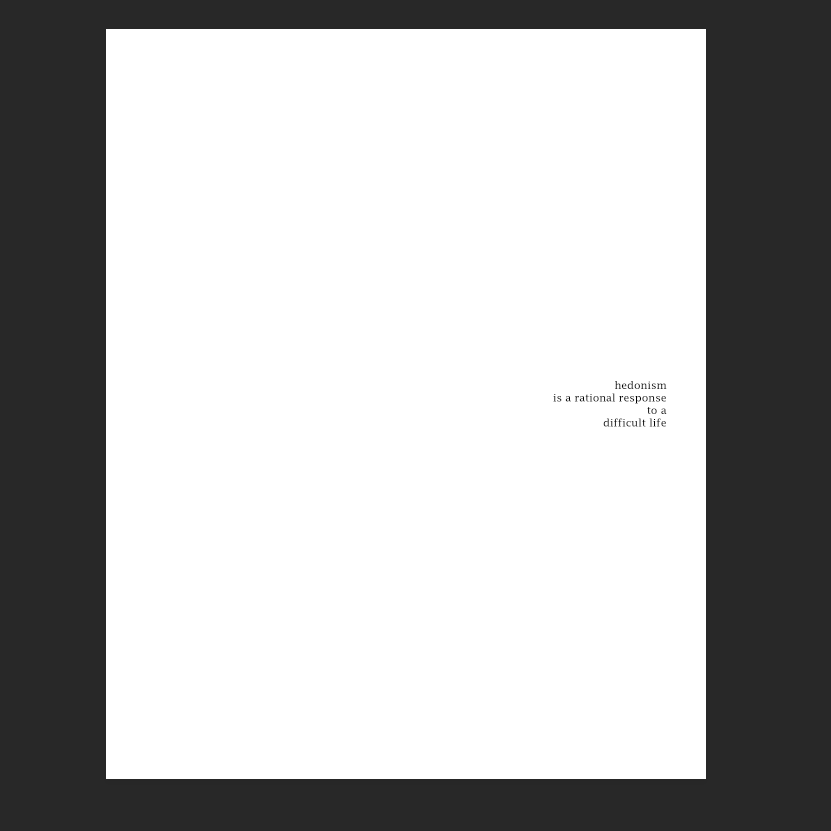Editing The Clips
Whilst editing the colour of the footage I decided to make the majority of the film in black and white. Due to the clips being in mostly different lighting every time a shot I had to turn down the saturation, tint and temperatures to the lowest possible setting in order for most of the clips to look similar when it came to shadows and highlights. I also made sure to change the curve to make sure the clips looked exactly how I wanted them to look. I also had to individually edit each and every clip so it took a lot longer than I anticipated due to there being over 200 snippets. After editing so many of the individual clips I had to render the film many times to make sure it ran smoothly and didn’t glitch. By going to transitions I found that I could dip to black which I used in some parts if my film; mostly at the ending and the beginning and when I was showing the progression to the next day.
When I was cutting up the footage I made sure to use the razor clip mostly everything and then the shortening tool for big amounts of footage. Between the glitching parts of my film I put in graphics from a tv with static to show damage and change. I also matched the audio of Alan Watts speaking to the glitching to have the full effect of disruption. I would cut up the same scene with different camera angles to intrigue the viewers and make the film more complexed. Matching the two different camera angles was difficult because I would have to match up the movements I made exactly for the transitions to look smooth. I would cut up and copy and paste the same clip to make the glitching more dramatic especially towards the ending to really freak out the observer.
My film was being based off of mental health and how it rebells against your love for others. The main focus would be anxiety and how this mental illness can cause people to dissociate themselves from life itself. Dissociation being a big part of the narrative, I am looking to create a film/zine where a lifestyle in reality can turn into something quite dream-like and somehow showing a glimpse of what it may be like for someone who has anxiety or a disorder where it causes them to dissociate or even become nihilistic. The way I’m going to shoot this project will be in first person and having self portraiture intertwined within my film/zine. I am planning on representing these dream-like scenarios by cutting out parts of the world and scenery are myself and possibly cutting out the people around me as well to act as the dissociation. I’ve done a lot of research as to why dissociation happens and what mental illnesses can cause this; illnesses such as; anxiety, depression, PTSD, bipolar, schizophrenia and borderline personality disorder. I chose to base my project off of anxiety as I have experienced a lot of anxiety throughout my life as many people have and I feel like I can portray the feelings towards life from someone who has experienced anxiety better than any of the other illnesses listed. I moved it more towards dreams and surrealism because I thought it fitted better with the films IO was linking it to. The way I linked this to the film was by editing the film and the way I wanted it to be perceived was heavily inspired by David Lynch’s film “Lost Highway” and Chris Nolan’s film “Inception”. Both have dream-like concepts and are made to leave the viewer on the edge of their seat, wanting to know more as well as disturbed by the ending. The idea of being inside a different reality is a key point of my film and the other two films and mu ending of showing me sitting in my lounge again is meant to make the viewer feel somewhat dissociated by making them forget that they were watching a film within a film just like Christopher Nolan’s film Inception having dreams within dreams and not knowing what reality is and David Lynch’s film Lost Highway making you unsure what the real story is, sure to the protagonist being show in so many different story lines.
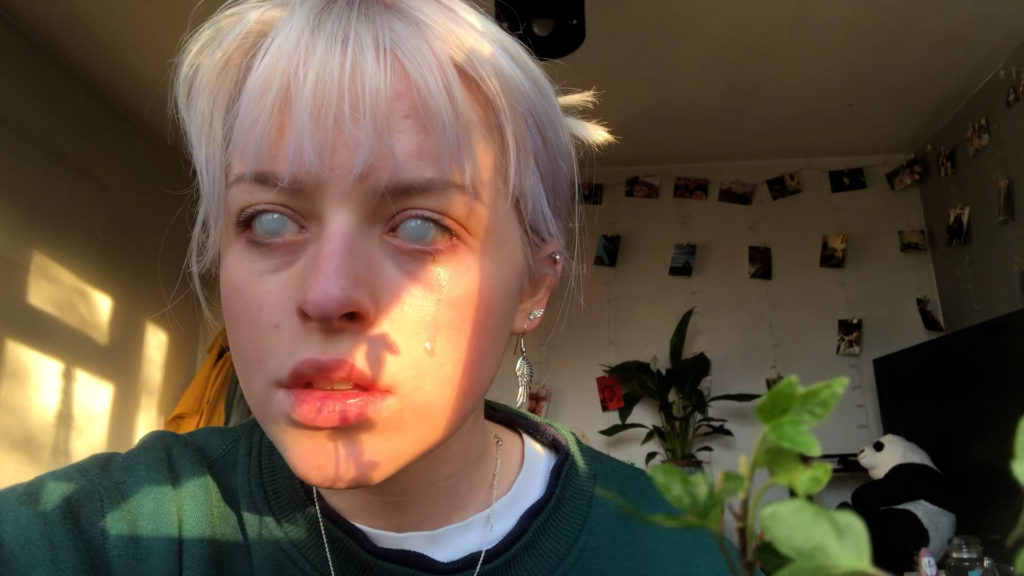
Before 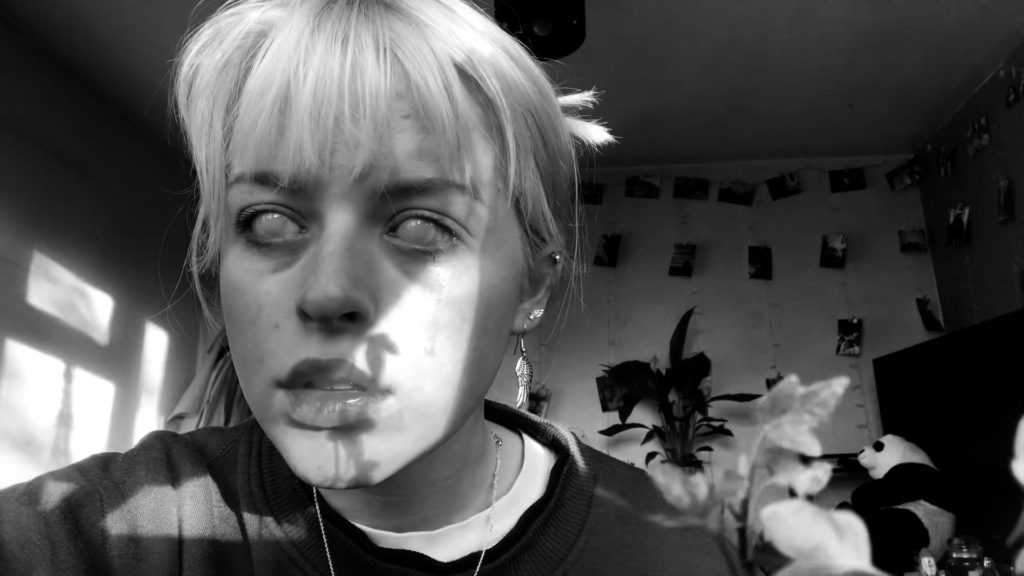
After
STEP BY STEP:
The Reality:
- Filming me sitting on the sofa
- Filming the tv and putting on creepy 50’s tv shows on the tv
- Flipping back and forth from the shots
- Show glitching on the tv and start to add UP music to the scene to transition into the first day.
First Day:
- My Room – Filming waking up from two different angles and flip between them making sure to get good lighting – around Golden hour.
- Film daily routine of getting dressed, doing make up and brushing teeth.
- Leaving the house – filmed from different angles, and then walking into school with a friend.
- School- looking in the mirror and washing hands and sitting with friends also filmed from different angles.
- Going home- walking out of school with a friend and then walking back to my house.
Second Day:
- My Room – Filming waking up from two different angles and flip between them making sure to get good lighting – around Golden hour.
- Film daily routine of getting dressed, doing make up but taking out brushing teeth to make the day slightly shorter but overall showing the same thing but a different day.
- Leaving the house – filmed from different angles, and then walking into school with a friend BUT starting to show a sense of there being something wrong by adding glitching graphics and filming me walking by myself then editing the two scene together to make it look as if my friend is disappearing.
- School- looking in the mirror and washing hands and sitting with friends also filmed from different angles but do the same glitching as last time as well as myself disappearing to make a pattern of something going wrong. As well as making thew audio glitch to have the full effect.
- Going home- walking out of school with a friend with the glitching again and cutting out walking home to shorten the day.
Third Day:
- My Room – Filming waking up from two different angles and flip between them making sure to get good lighting – around Golden hour.
- Film daily routine of getting dressed, doing make up but taking out brushing teeth to make the day slightly shorter but overall showing the same thing but a different day. As well as starting add glitches within my house and cutting out scenes to make the day shorter.
- Leaving the house – filmed from different angles, and then walking into school with a friend and adding glitching graphics and filming me walking by myself then editing the two scene together to make it look as if my friend is disappearing again but again making the day shorter.
- School- looking in the mirror and washing hands and sitting with friends also filmed from different angles but do the same glitching as last time as well as myself disappearing to make a pattern of something going wrong. As well as making thew audio glitch to have the full effect.
- Going home- walking out of school with a friend and then walking back to my house but filming from different angles and standing in different places to edit me glitching into different places.
Final Part:
- My Room – Filming waking up from two different angles and flip between them making sure to get good lighting – around Golden hour but adding glitches right from the start to show that nothings right.
- Starting my daily routine but adding glitching and other shots of me wearing white contacts and looking possessed and staring to add colour to the black and white movie to show reality come back into place. As well as adding demonic sounds to make the viewer feel more disturbed.
- Adding the shot of me having white eyes with a lighter and then glitching back into reality.
Back to The Reality:
- Transitioning out of the glitching screen
- Filming me sitting on the sofa and then fading into the title screen – WAKE UP
Editing The Audio
I used many different audios in my film to make the viewer feel as comfortable as possible. By making the audio glitch at the same time as the footage I thought it would make the glitching more dramatic. I had to cut up snippets of the audio and copy and paste them lots of times to make it sound like it was glitching. I also faded in and out audios and music to either cha the scenes or make room for other audios as I ran out of audio slots. When it came to editing the “plot twist” of the film I overlapped many different audios and made them gradually get louder to build suspense. I made sure to make the heart beat a main sound that the viewer could hear so that the scene would become more intense and hopefully make their heart race in the process. I made it one of the last sounds you could hear to make the film be suspenseful even until the end when the title screen comes on. I also had to cut ups a lot of repeated audio to use for the glitching parts if the film and had to make sure they were all at the same volume and I did this by making sure they were all on the same track and turning the whole track up instead of putting upon the individual bars on the audio.
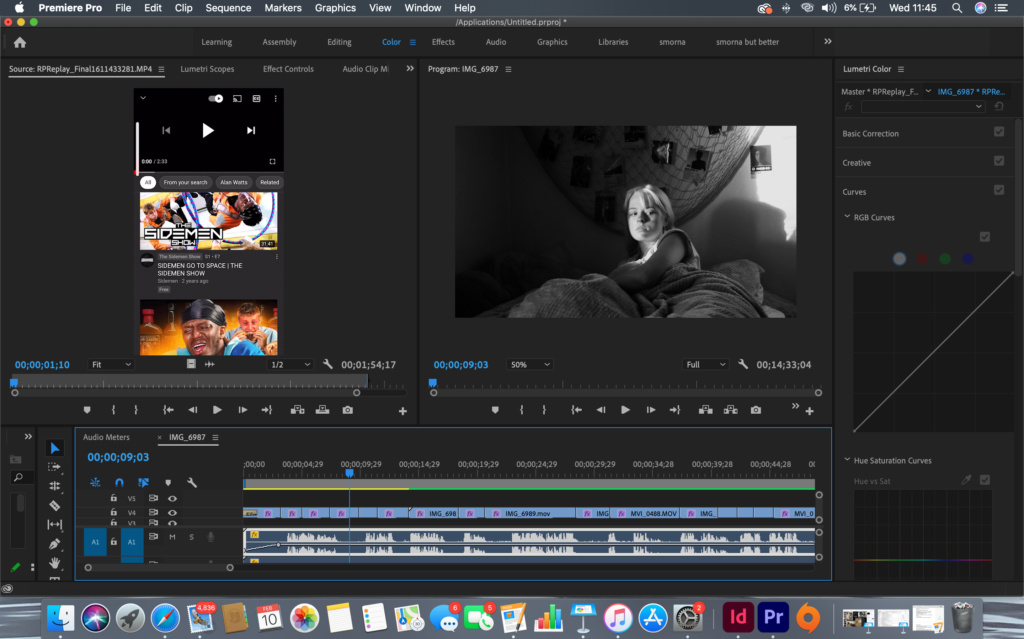
Editing the curve 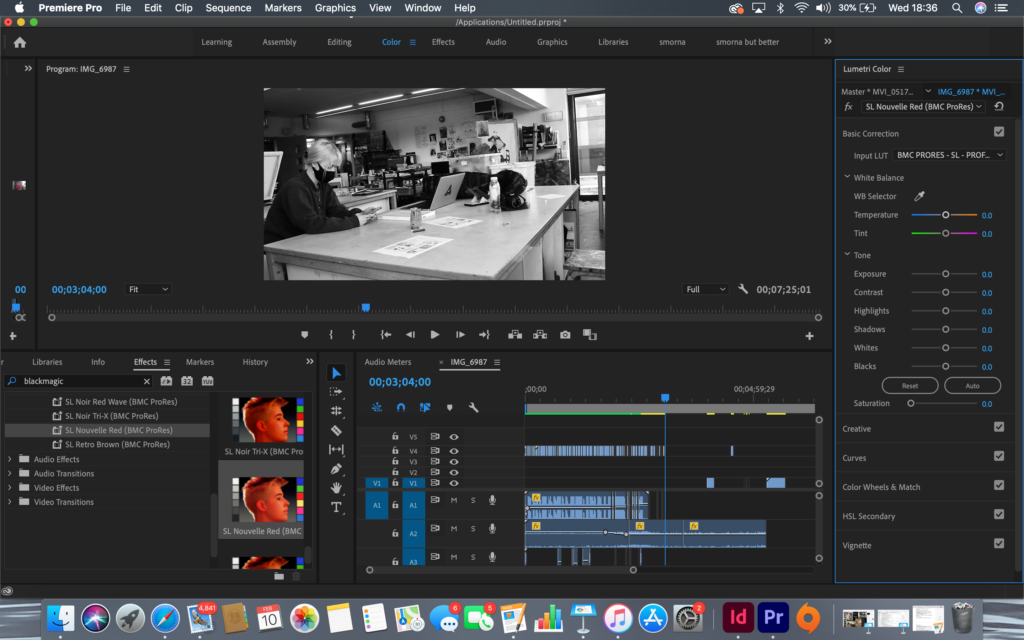
Cutting up footage and sounds 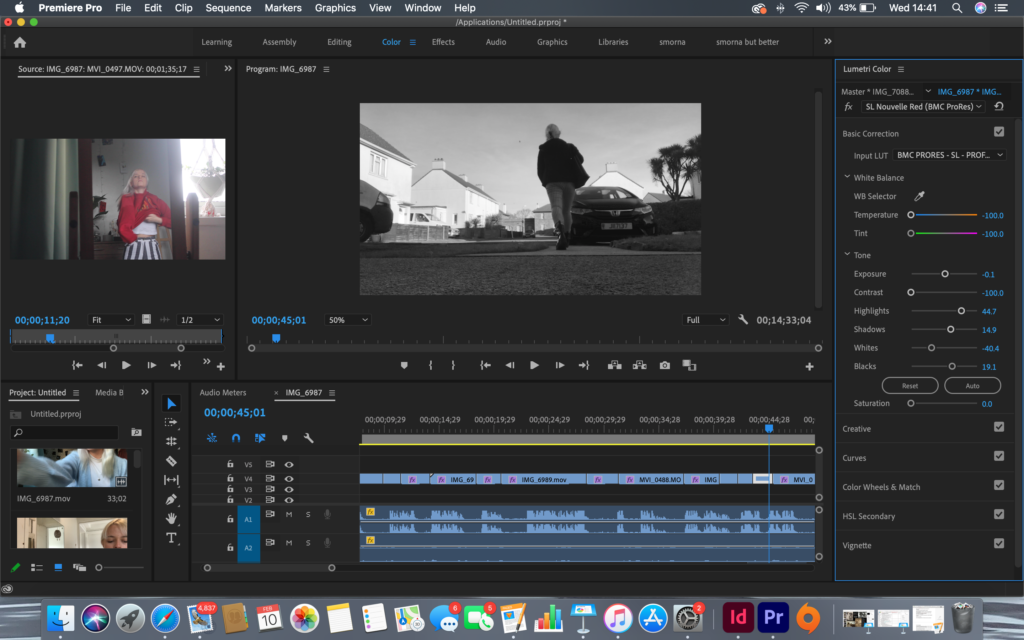
Changing the highlights and shadows 
Changing to Black and White 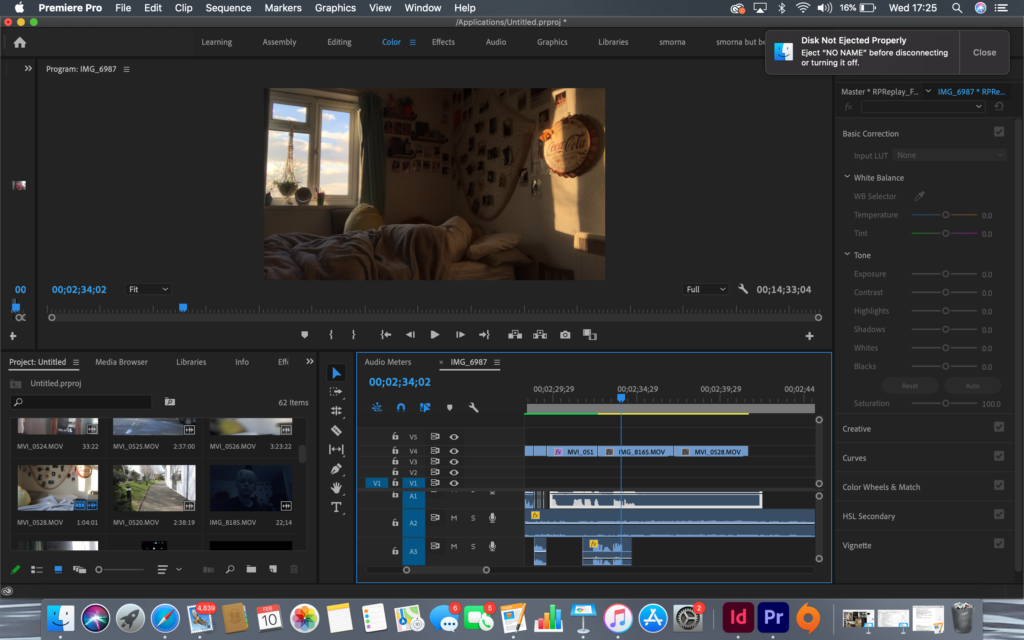
Rendering

